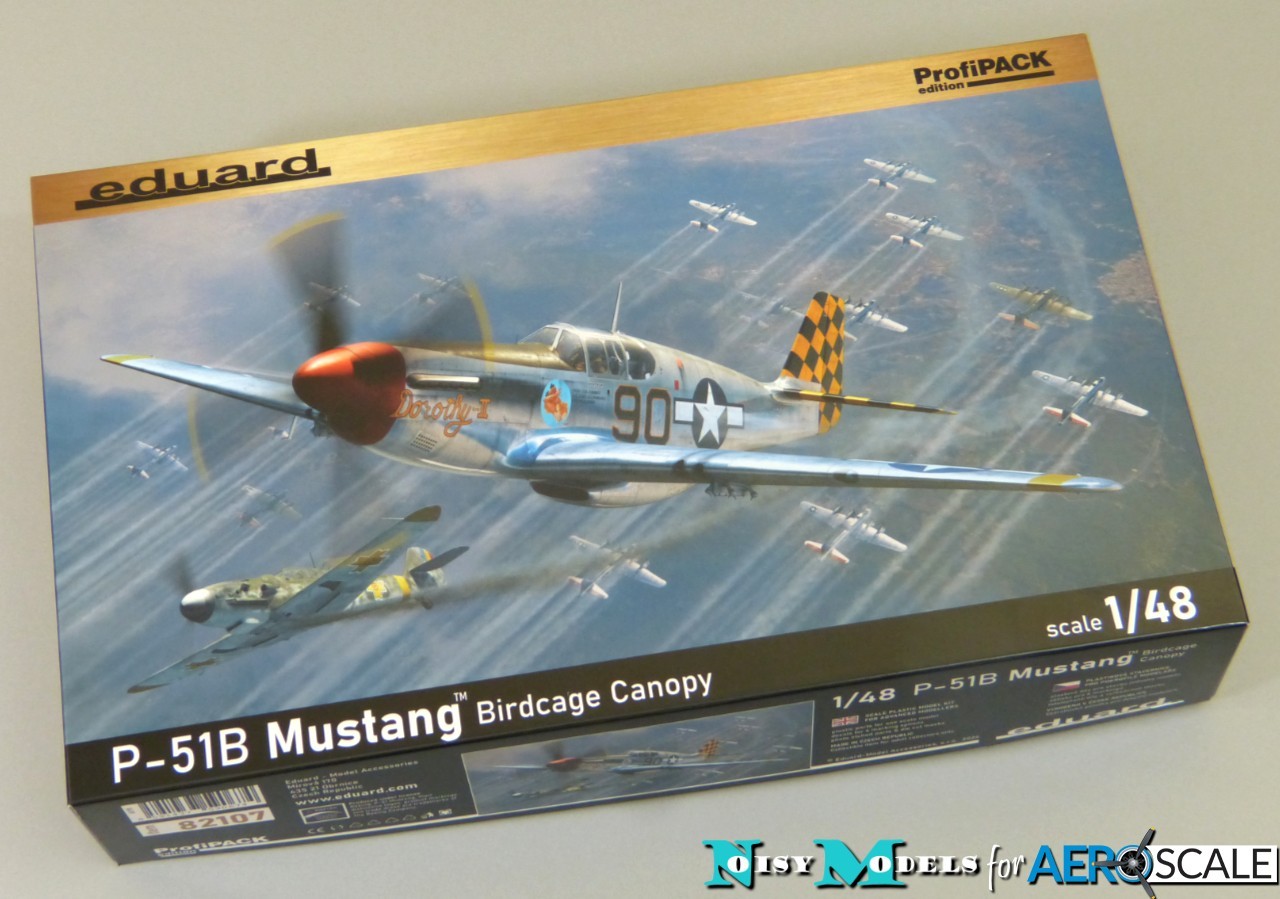
Background
It may be an exaggeration to claim the P-51 Mustang single-handedly won the air war in Europe, but it's definitely fair to say that it changed its course irrevocably, forcing the Luftwaffe into a position from which it was never able to recover. While early Mustangs excelled at low altitudes with their Allison engines (actually remaining faster than later models down low), the P-51B was redesigned to be fitted with a Merlin engine, which totally transformed its performance at high altitude and allowed it to accompany US bombers in daylight raids. To add to this, especially when fitted with drop tanks, it possessed a long range that was unheard of among current single-seaters, facing the Luftwaffe with a dilemma for which it was completely unprepared; Allied fighters boasting superior performance and numbers to their own, right over the heart of Germany and, as the position for the Luftwaffe worsened to crisis point, flown by far better trained pilots.
The Kit
It's hardly surprising that the Mustang is a favourite among modellers and is one of the must-have aircraft for any kit manufacturer to have in its range. While the later and more numerous P-51D/K may be more popular with many enthusiasts with its bubble-canopy and six machine guns, there's a sleekness about the "razorback" P-51B/C (it was faster and better aerodynamically balanced than the P-51D/K) that I find irresistible.
Eduard's new P-51B arrives in a very classy top-opening box that's packed to the brim with runners and accessories. Everything is bagged separately and a very welcome touch is that Eduard has gone the extra mile and wrapped the clear parts in a sheet of foam for extra protection.

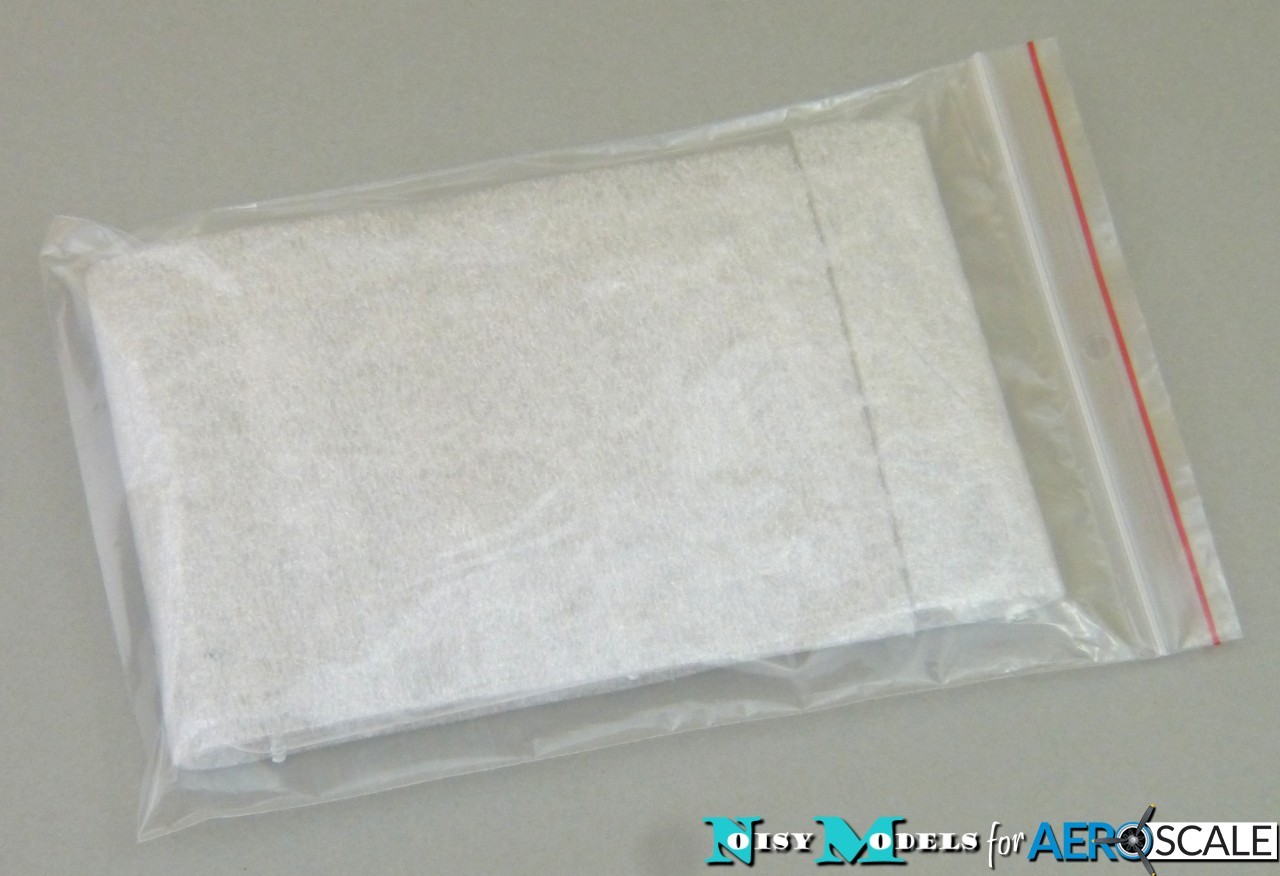
The kit comprises:
154 x grey styrene parts (plus 75 unused)
22 x clear styrene parts (plus 1 not needed)
59 x photoetched parts - many pre-coloured
25 x die-cut washi tape painting masks
Decals for 6 x colour schemes
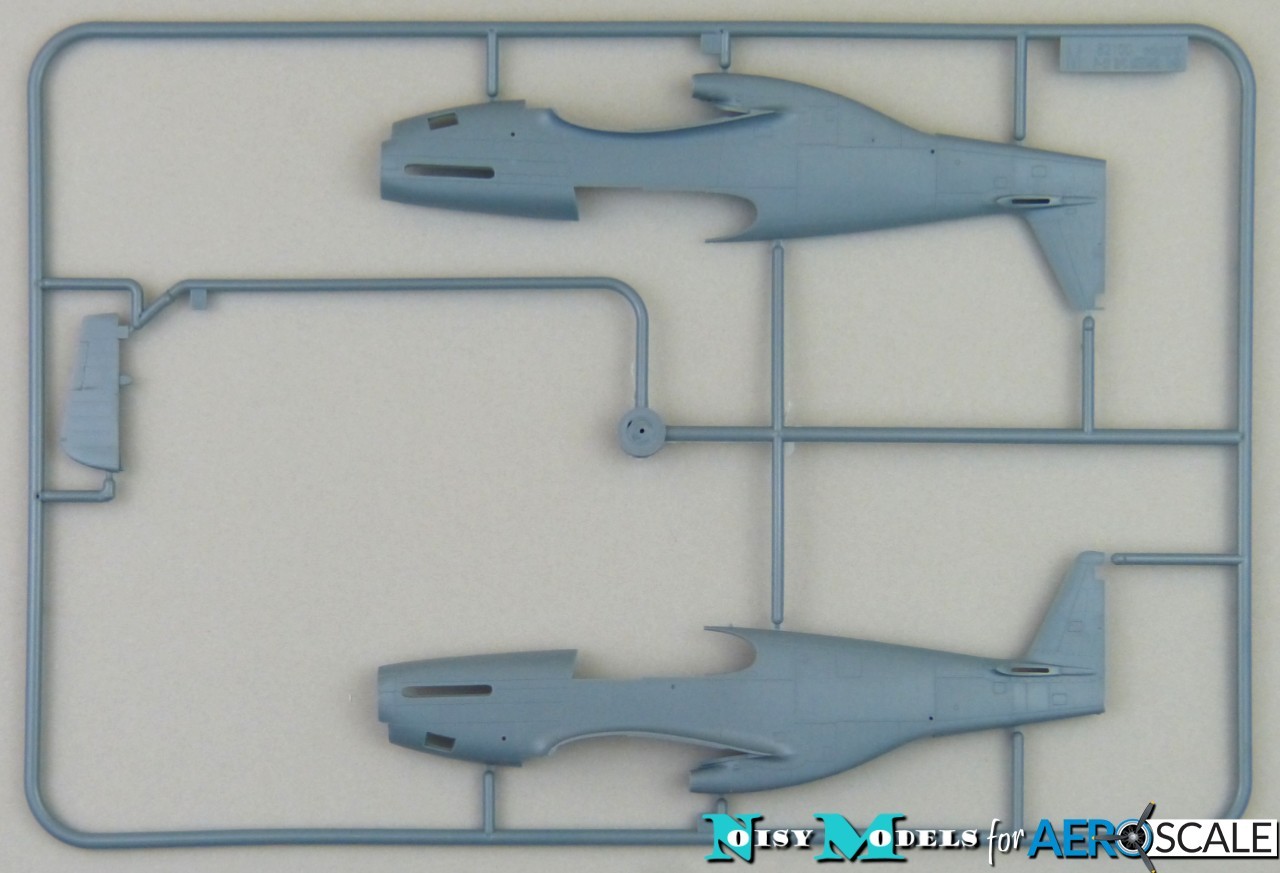
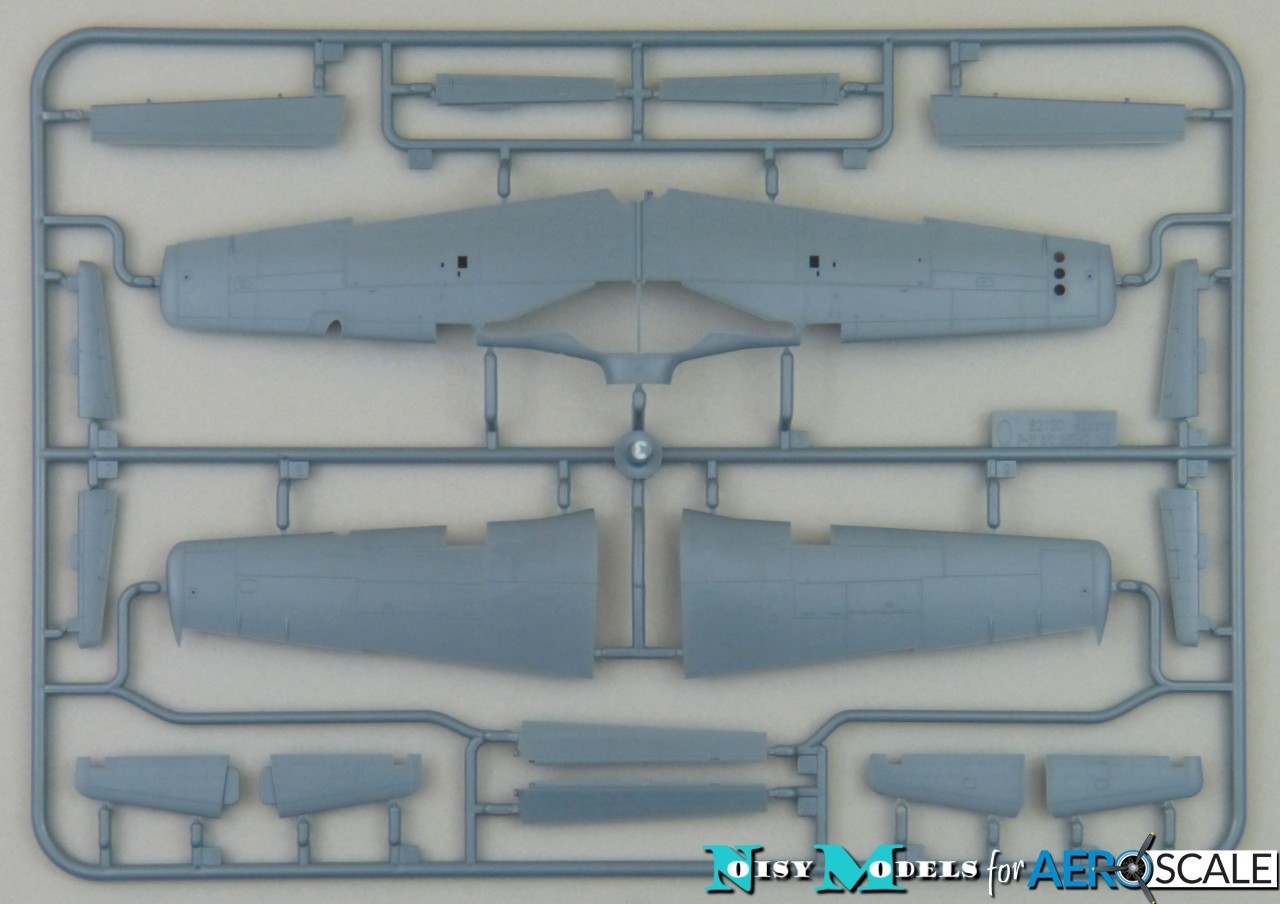


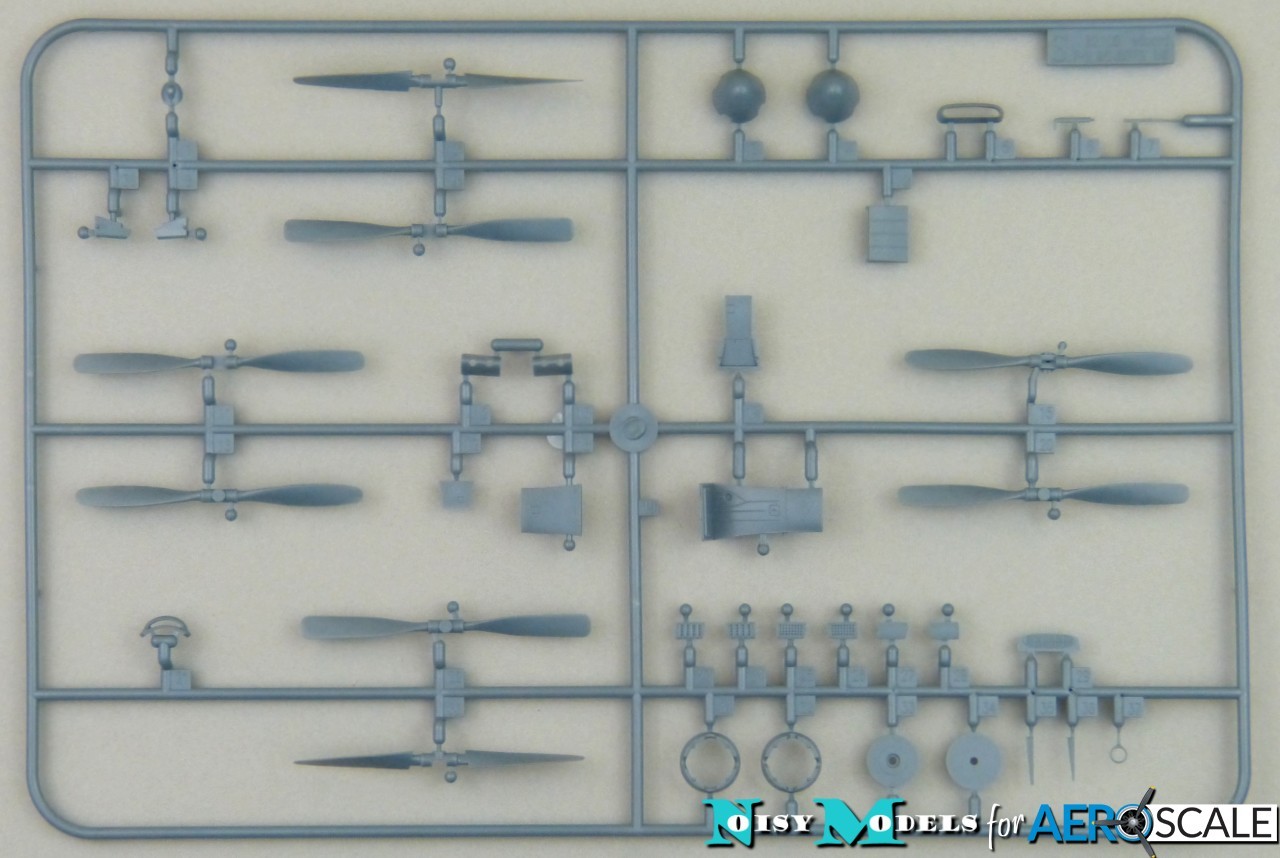
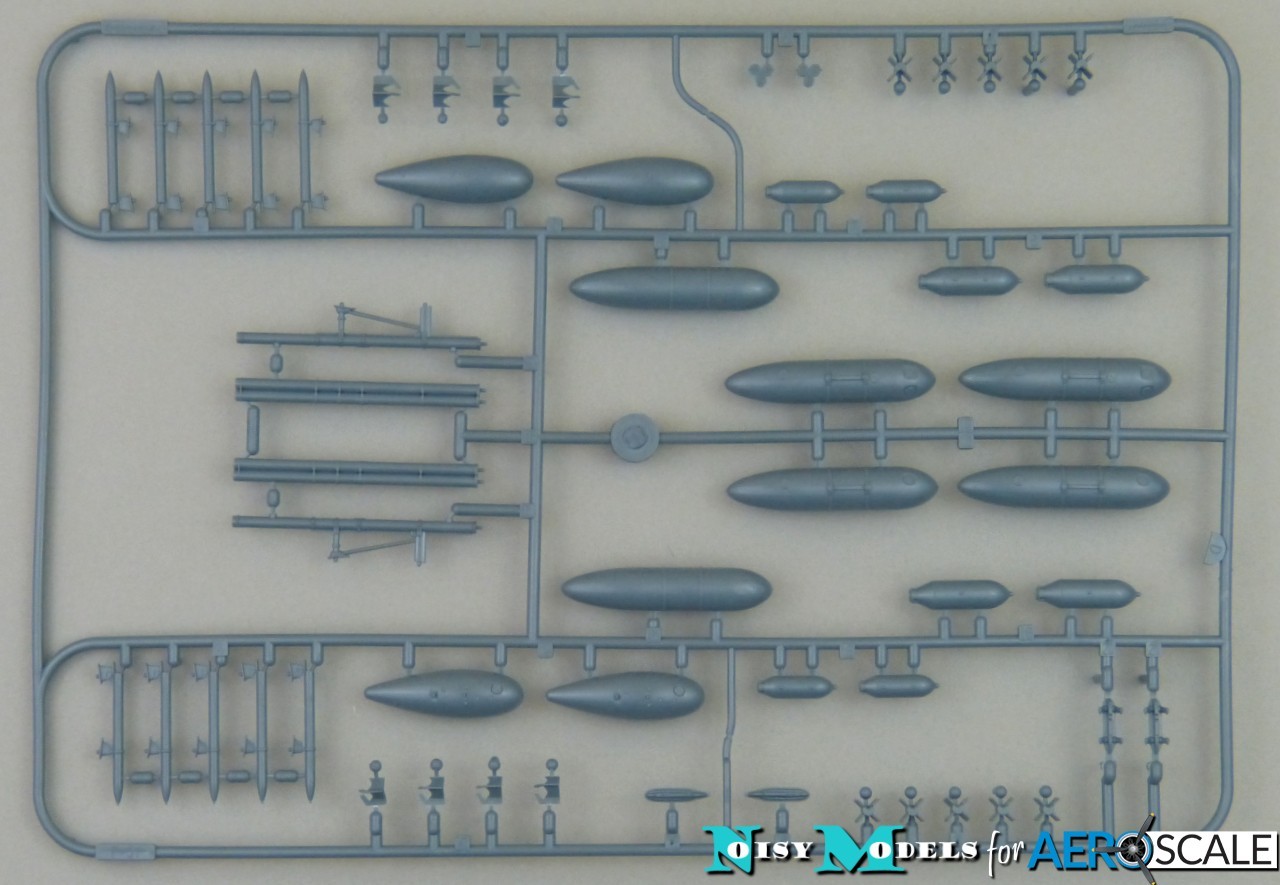
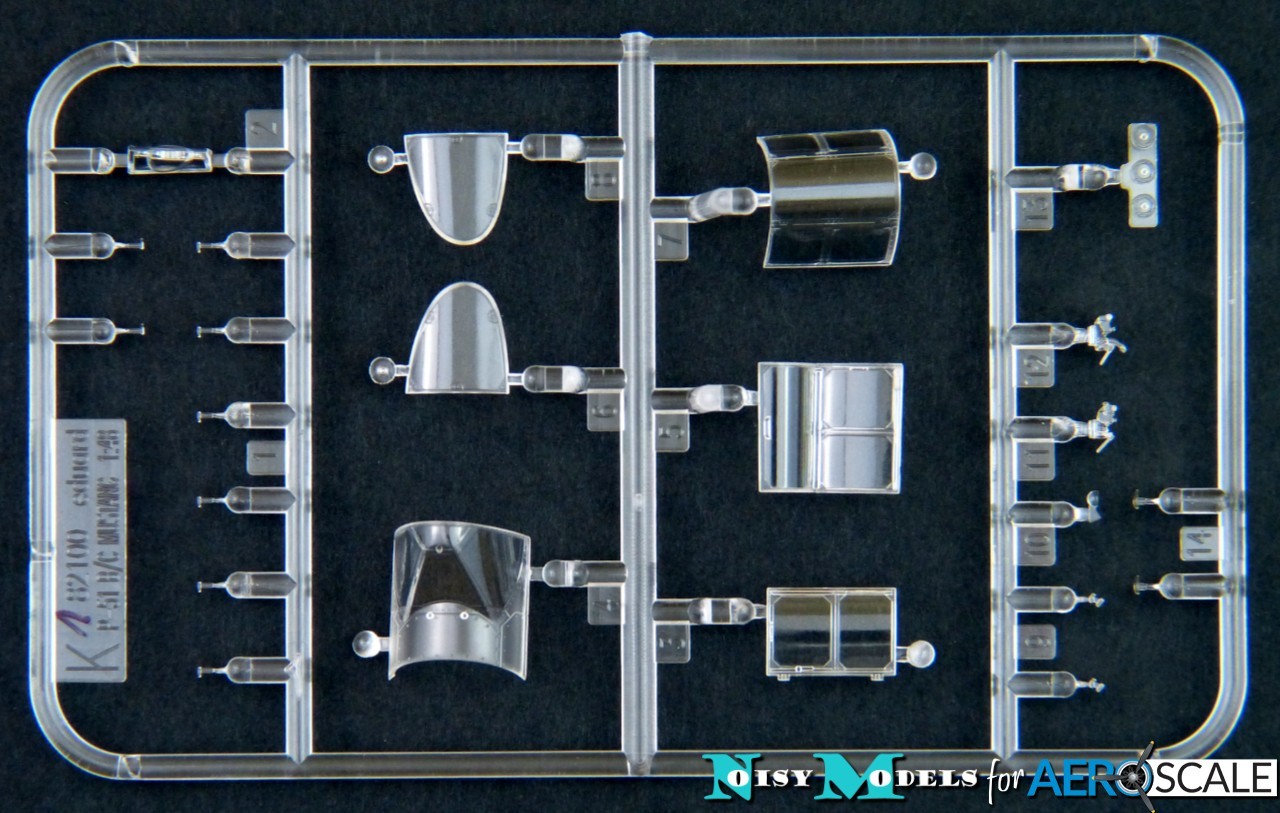
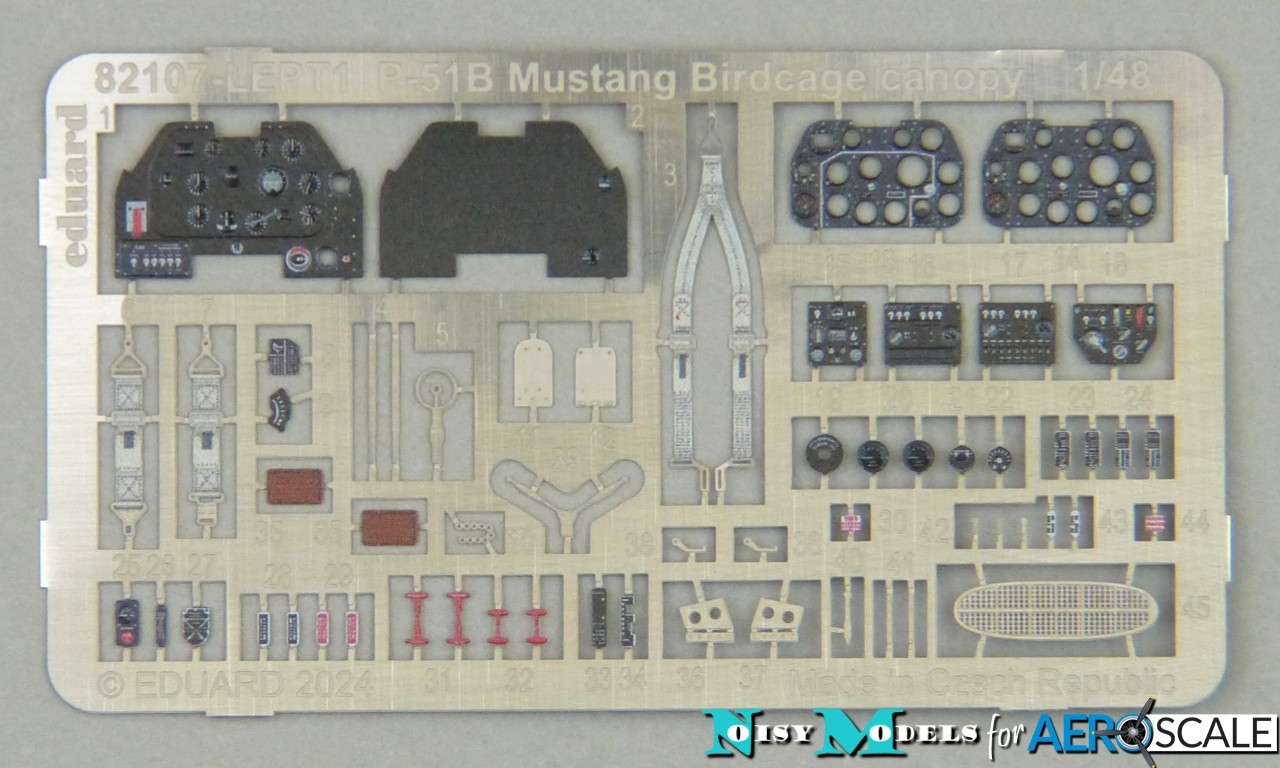
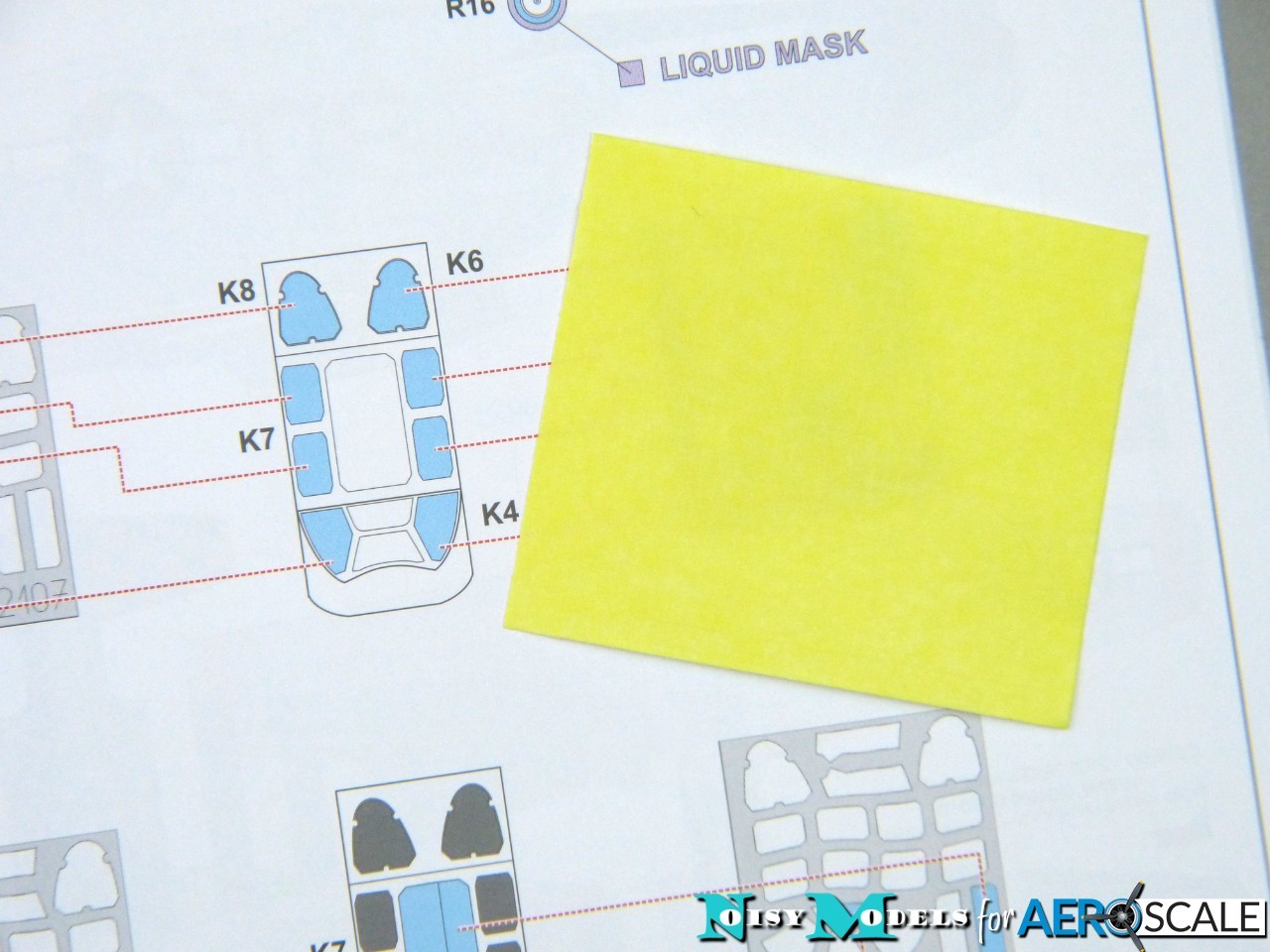
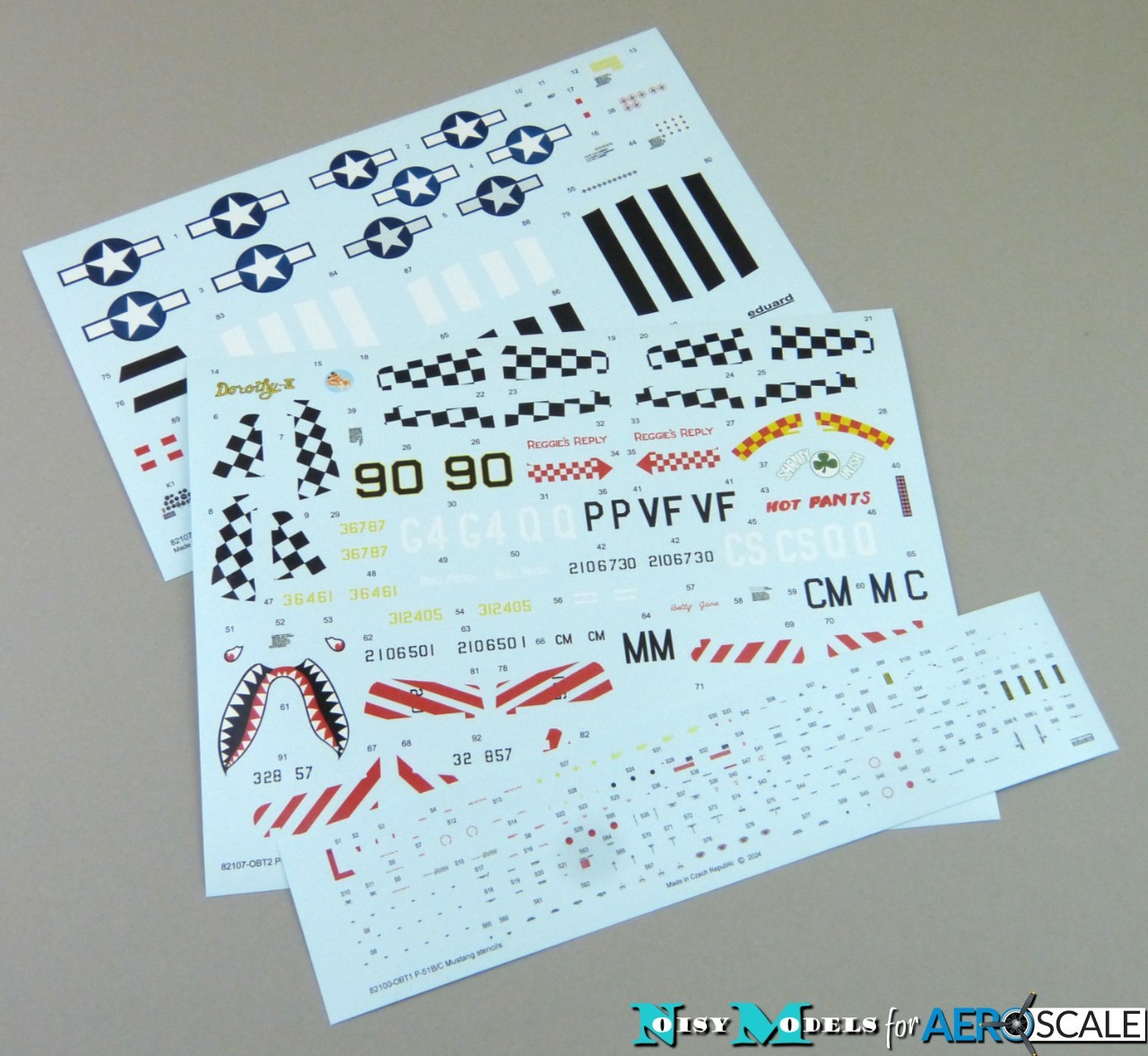
To have almost half the parts not used might be a shock, but some of these are items that will be used in the P-51C that's obviously coming, and the rest are down to bombs and rockets on a generic P-51 ordnance runner. Either way, your spares box is in for a treat.
As you'd expect with a new-tool kit, the moulding is superb. There's no flash or sink marks to worry about in my kit, and ejector pins are placed sensibly. Where Eduard set the bar for modern mainstream kits is in the level of detail they include and the exterior finish - and the latter shows Eduard really at the top of their game with crisp panel lines and beautifully subtle rivets. The bulk of the wings' surfaces are kept rivet-free to reflect how the full-sized areas were filled and primed (you arguably should/could fill a lot of the panel lines here too for accuracy), and the early-style fabric-covered elevators are neatly depicted.
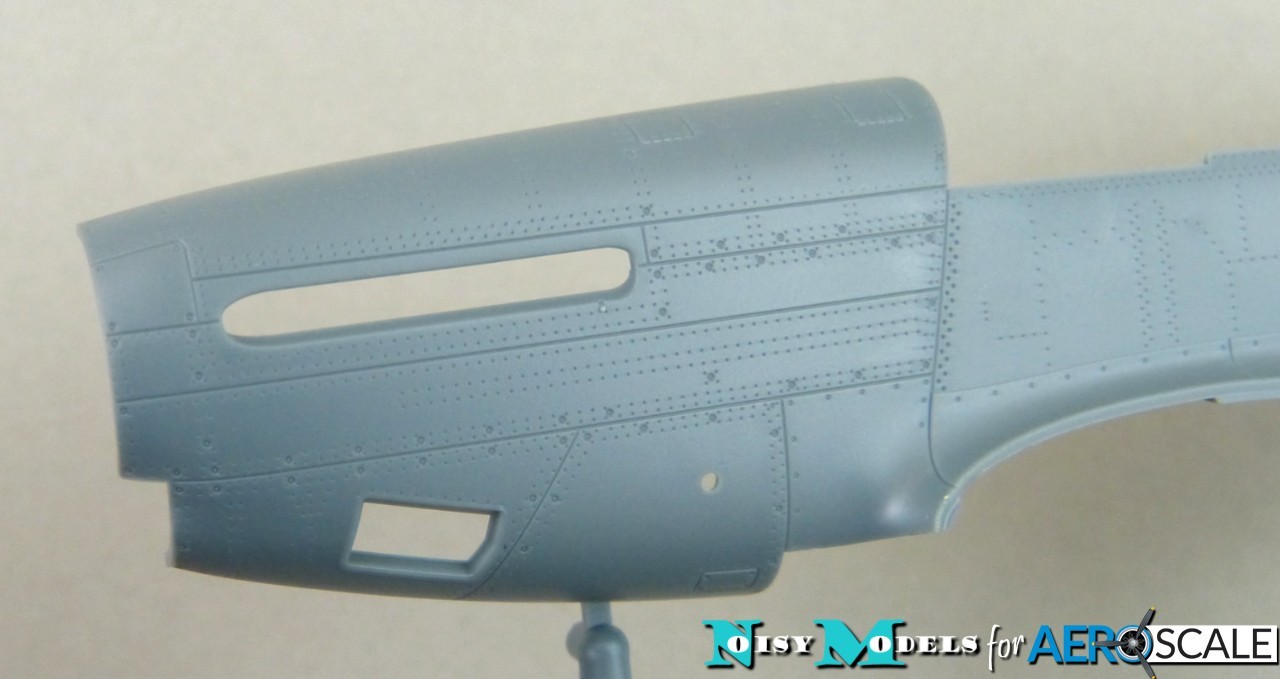

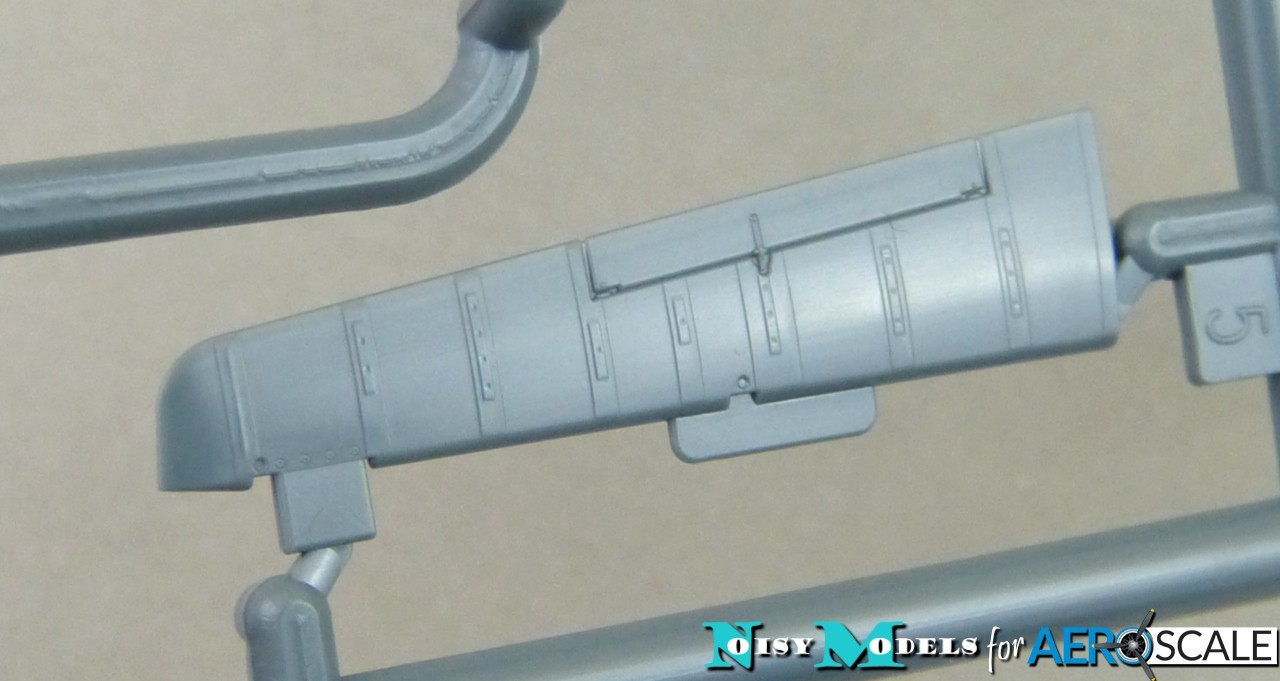
Test Fit
The runner attachments are on the gluing edges to preserve the surface detail, so you'll need to spend a few minutes trimming and sanding them. Once that's done, and considering the precision of the moulding, it's hardly any surprise that a dry-assembly of the main parts is hugely encouraging. The fuselage halves line up perfectly, and the rear of the mainwheel well forms a spar to ensure the wings have the correct dihedral and fit the fuselage snugly at the roots. The tabs for the horizontal tailplanes are a tad loose in their slots, but it will be simple to get everything straight and true (I shimmed them for the photo).
In terms of the basic airframe Eduard's P-51B promises to be a very straightforward build and, so long as you're careful, there'll be very little need to use any filler.
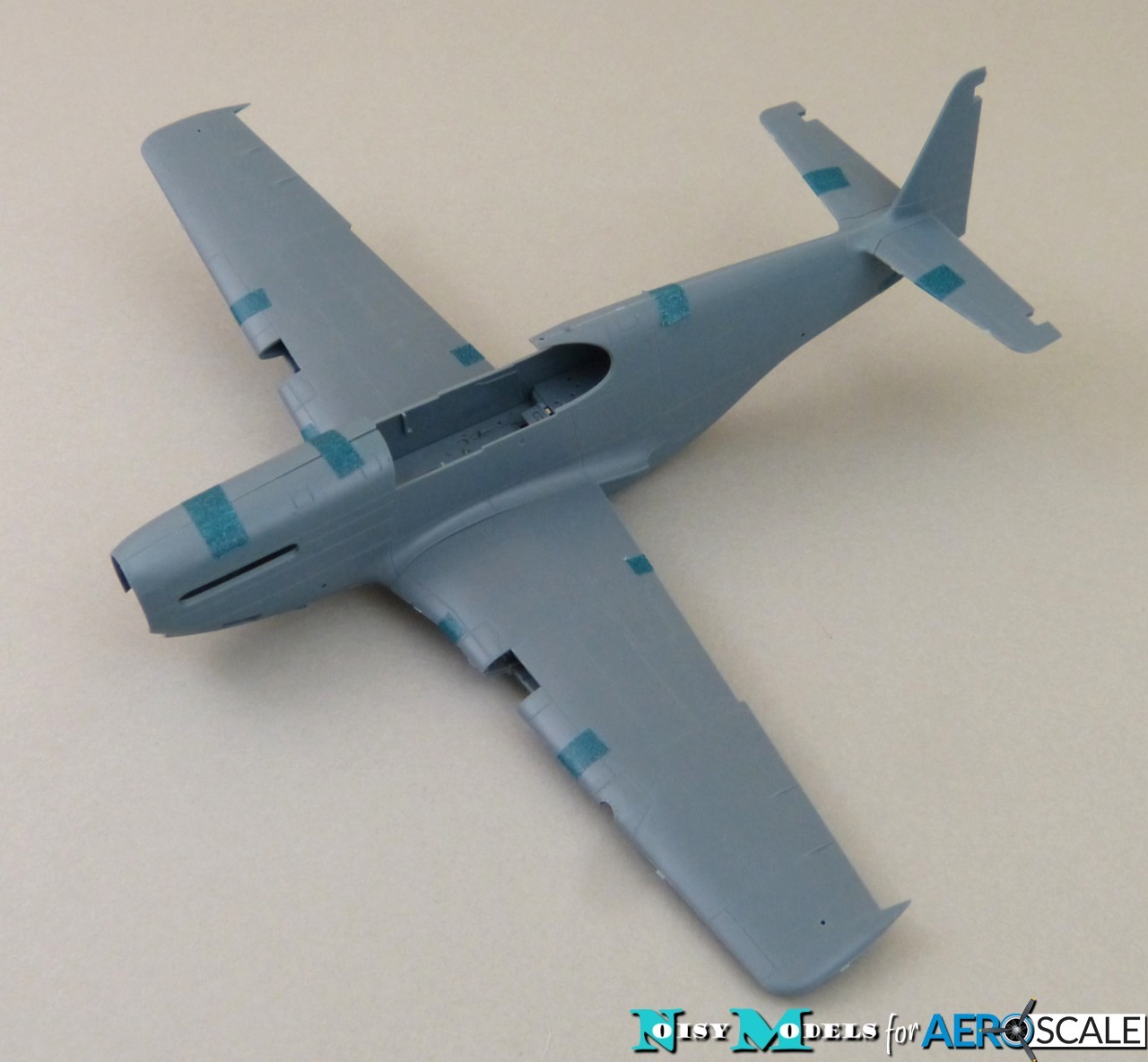
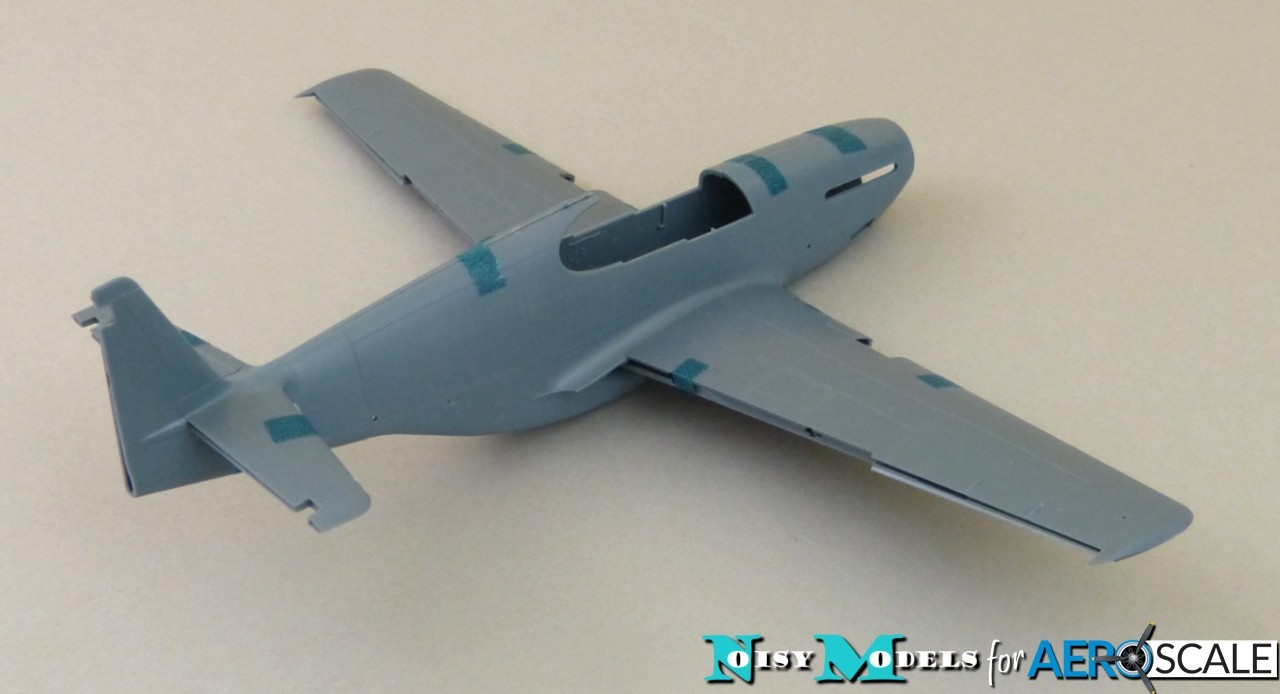
A Few Details
It seems almost a misnomer to title this section "a few details" when the kit is so packed with them. Construction begins with the cockpit, and Eduard offer two alternative "offices", with different style seats and with and without a fuselage fuel tank behind the pilot. Either way, the cockpit is very comprehensively detailed with a mix of styrene and photoetched parts.
The latter include pre-coloured items for the main instrument panel and consoles, fascias and data placards, plus the seat harness. As an alternative to the etched instrument panel, Eduard provide neatly printed decals to lay over the moulded styrene parts but, honestly, the etched panel looks so good with its classic "sandwich" construction to give depth to the dials, it wins hands down for me.
Depending on which style cockpit you decide on, you're looking at well over 60 parts, so the end result should look exceptional straight from the box.

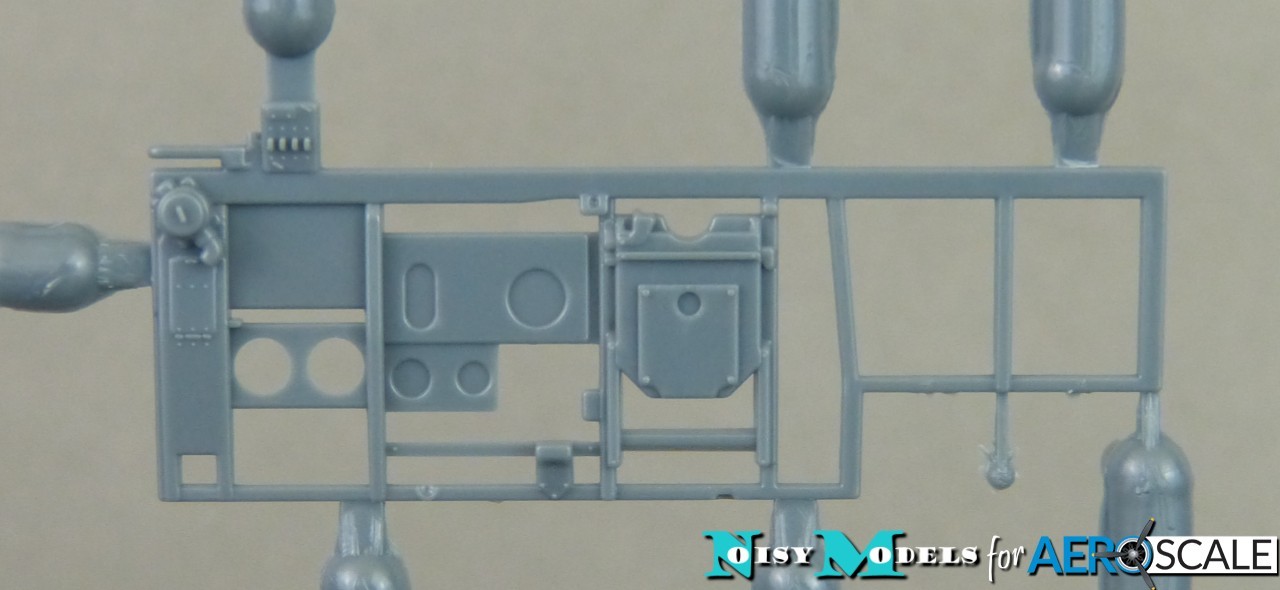




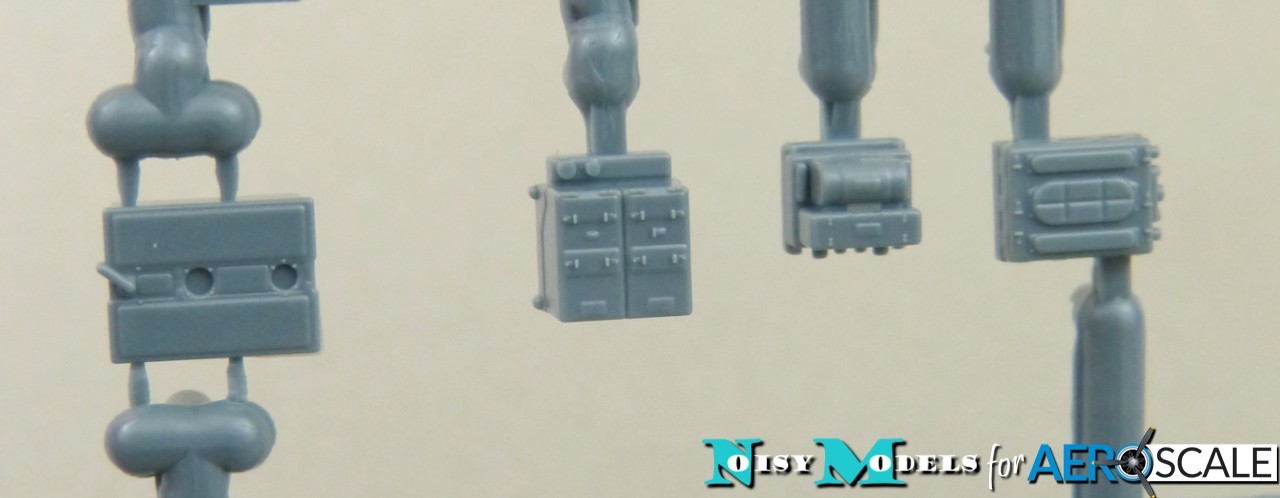
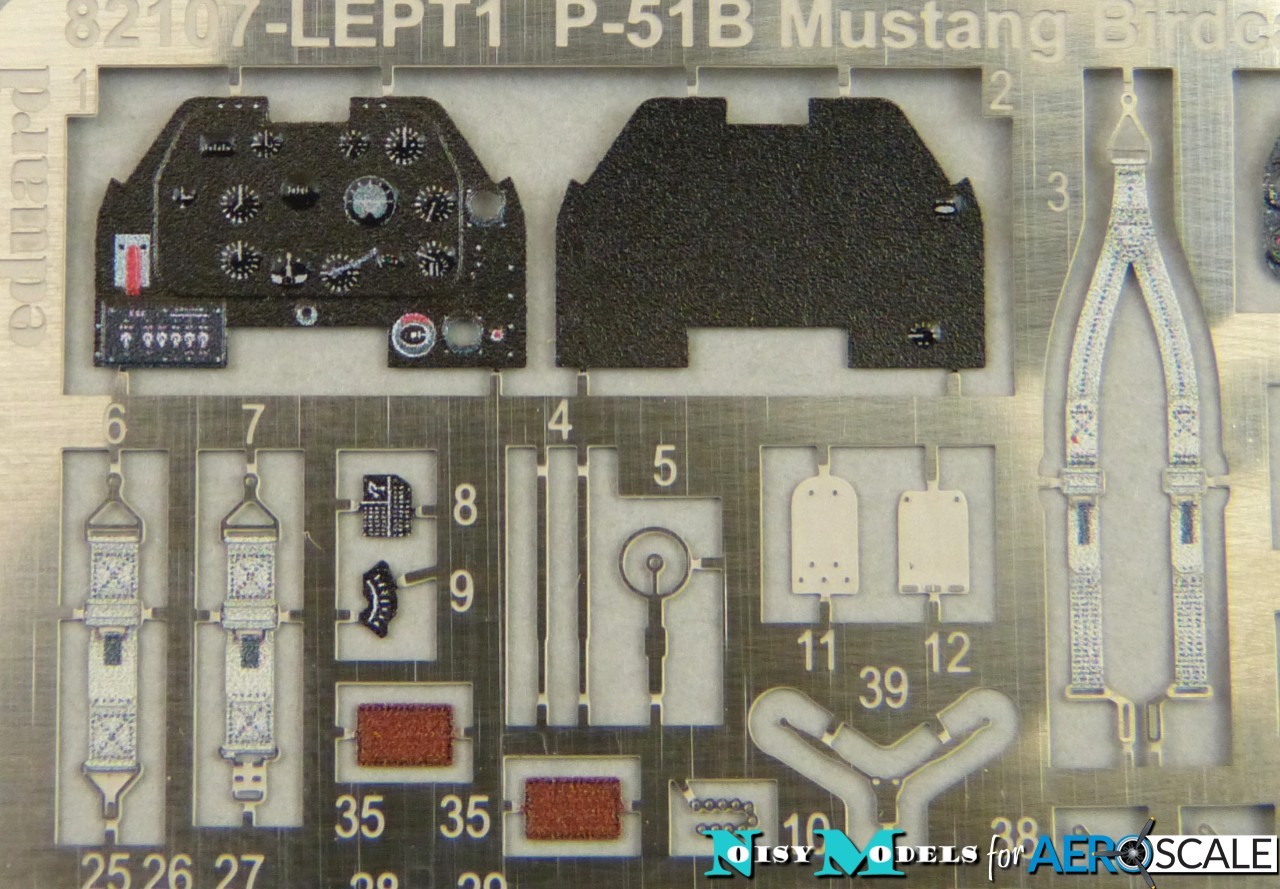
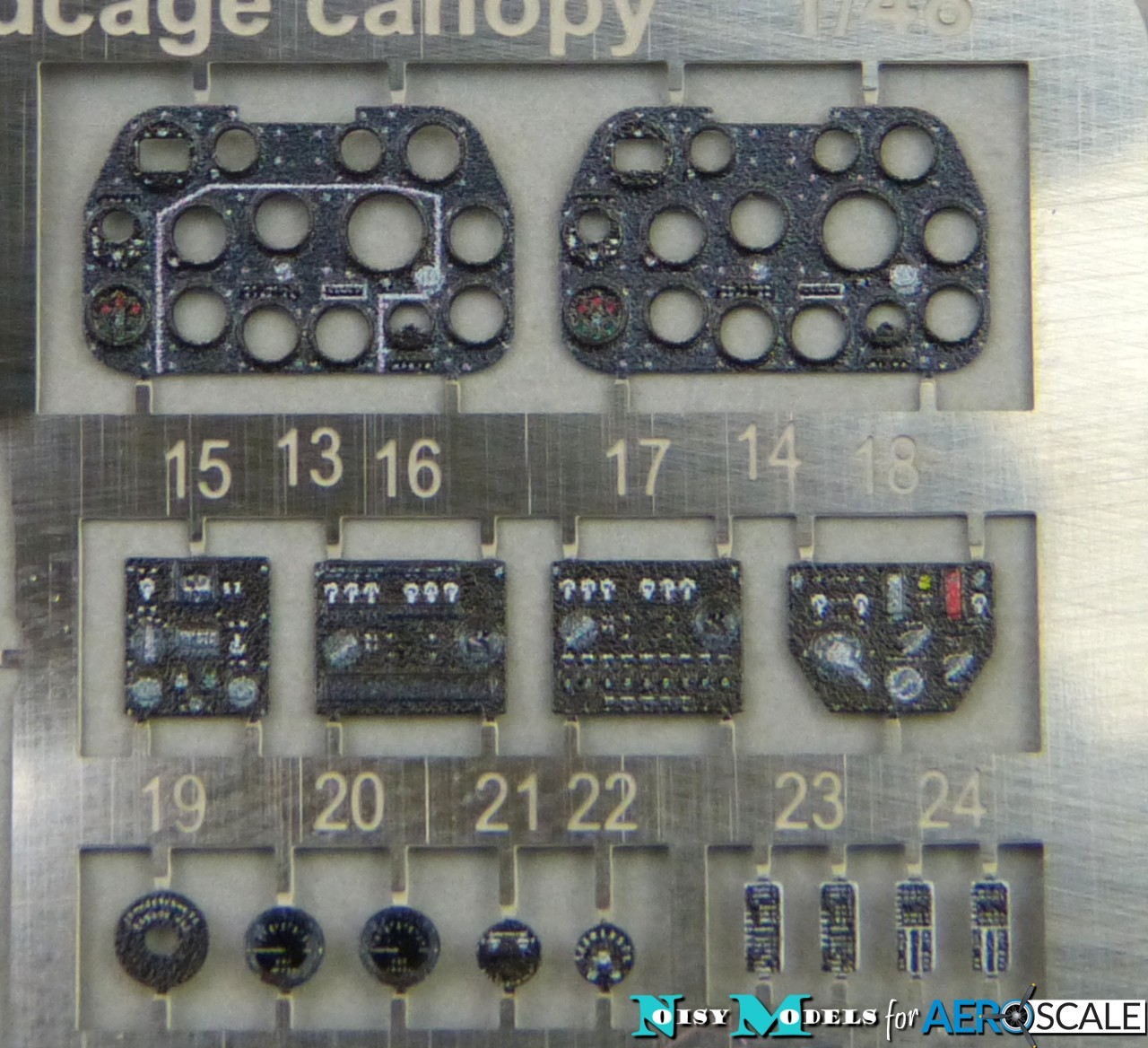
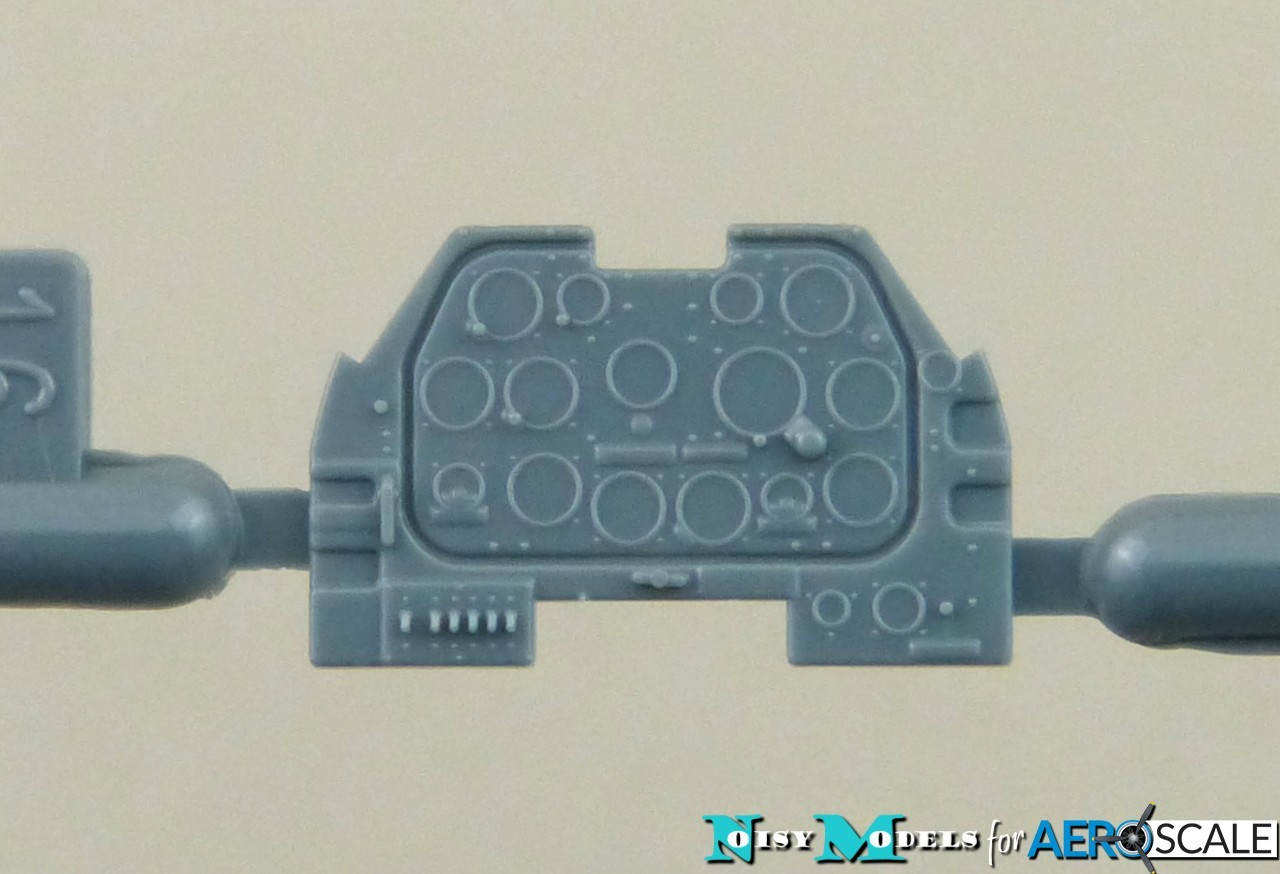

The undercarriage is obviously a lot simpler, but it's still finely detailed. The main wheel well comprises 13 parts and serves the dual purpose of supporting the wing roots. The gear legs and wheel hubs are crisply detailed, while the tyres have diamond trad patterns. They're unweighted and should look fine, but Eduard also sell much superior Brassin aftermarket versions if you want to improve them.
The landing gear doors show excellent detail on their inner faces and are complete with retraction arms.
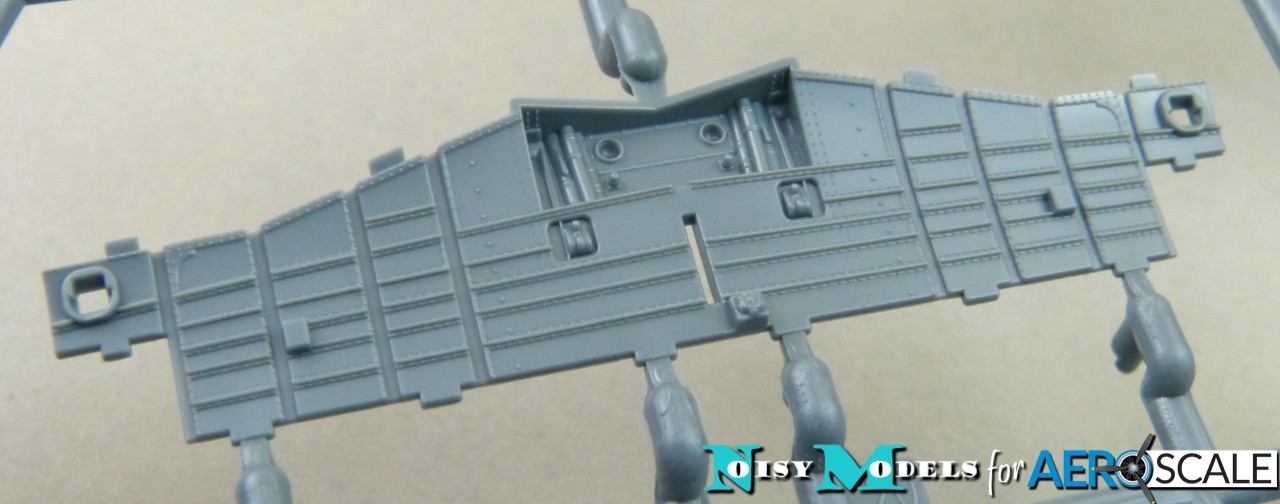
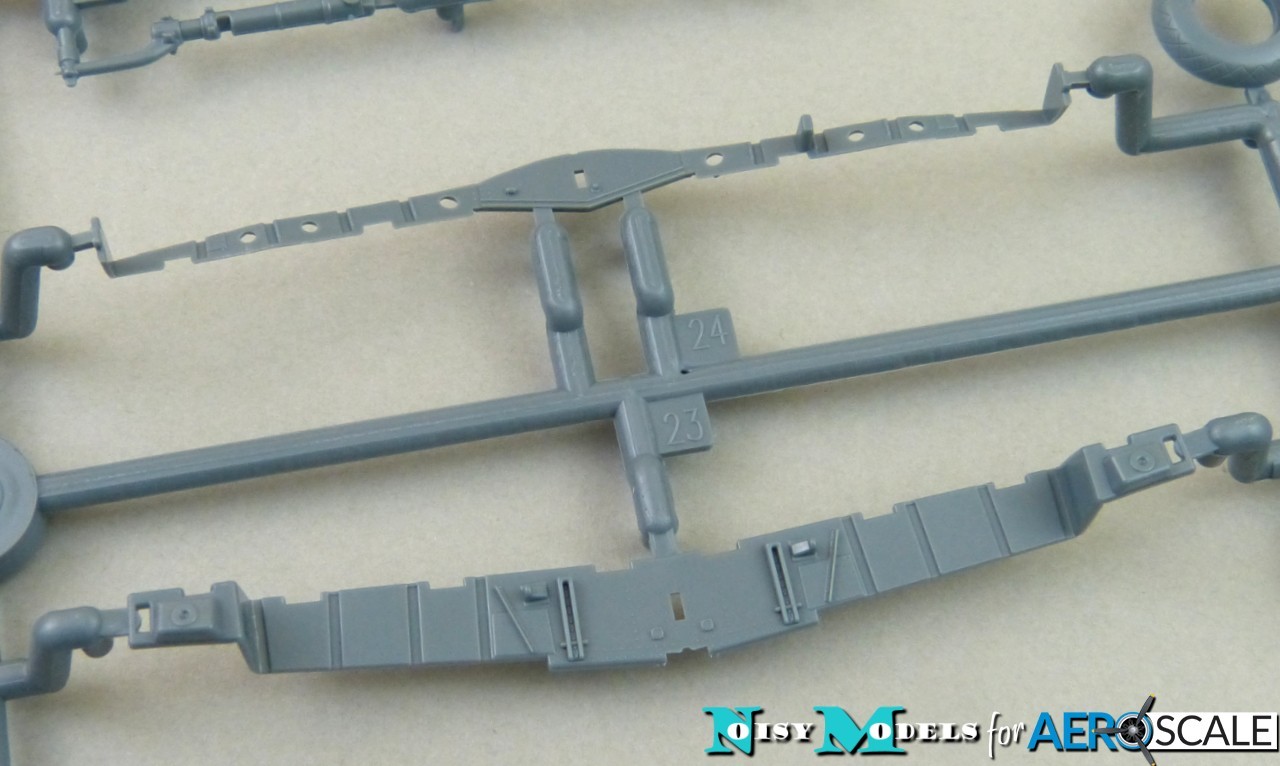


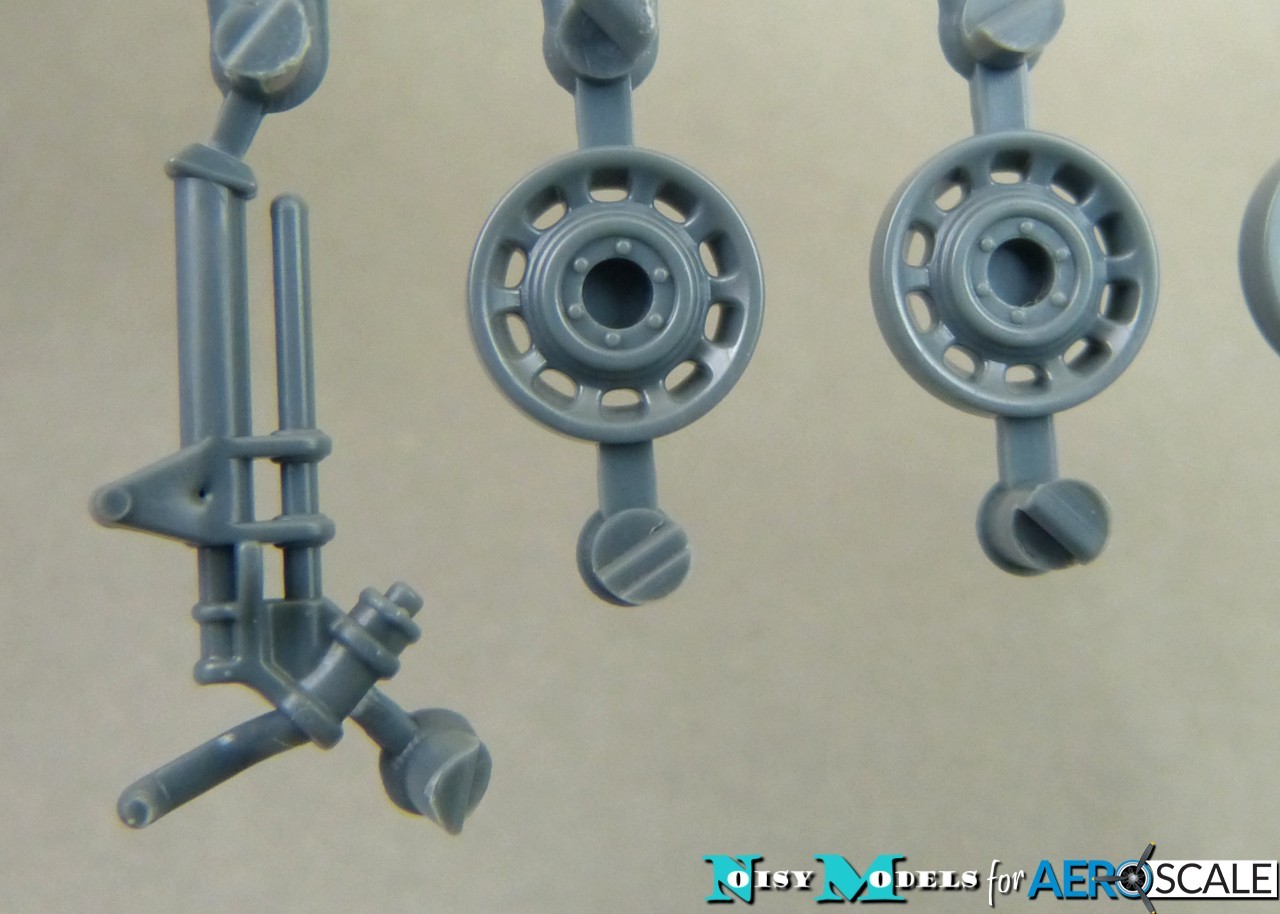
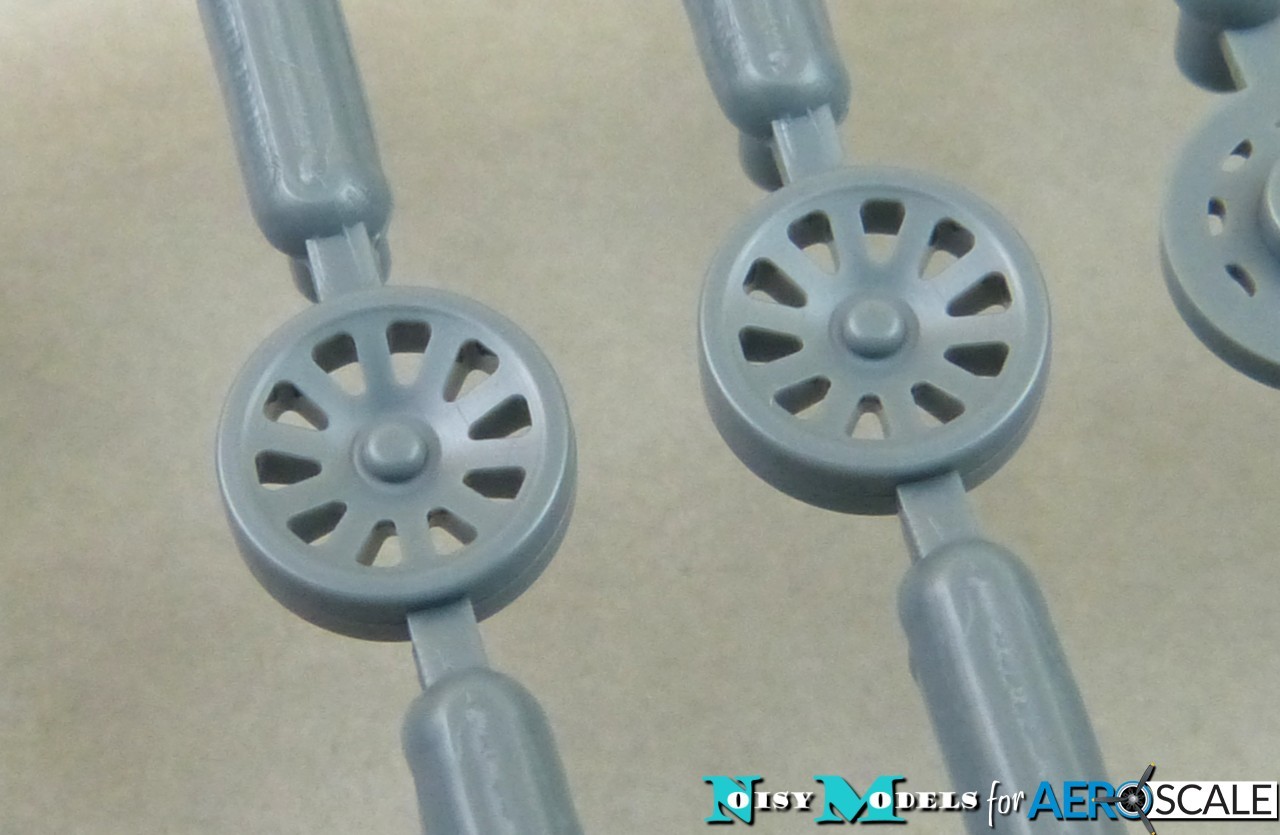

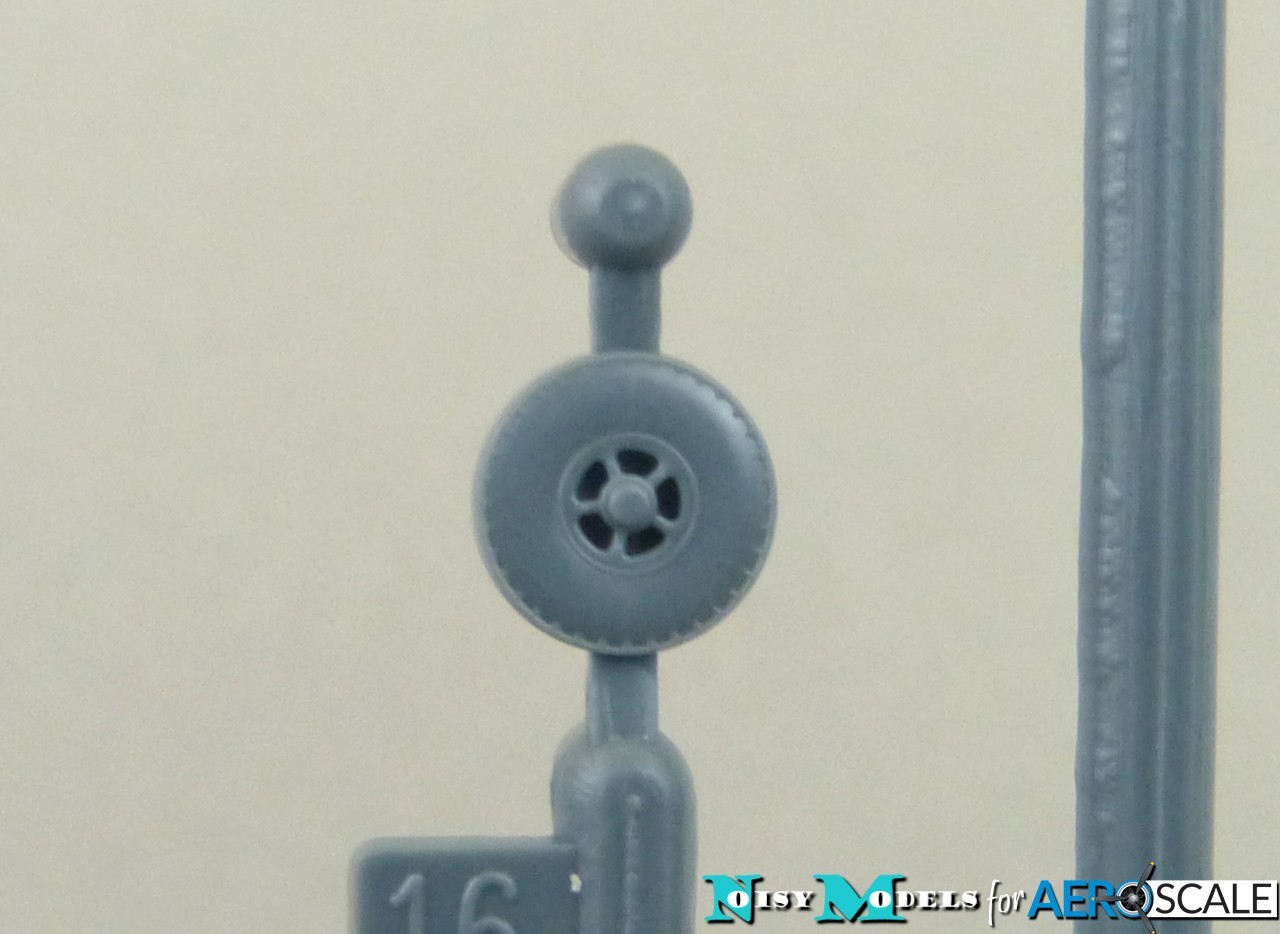
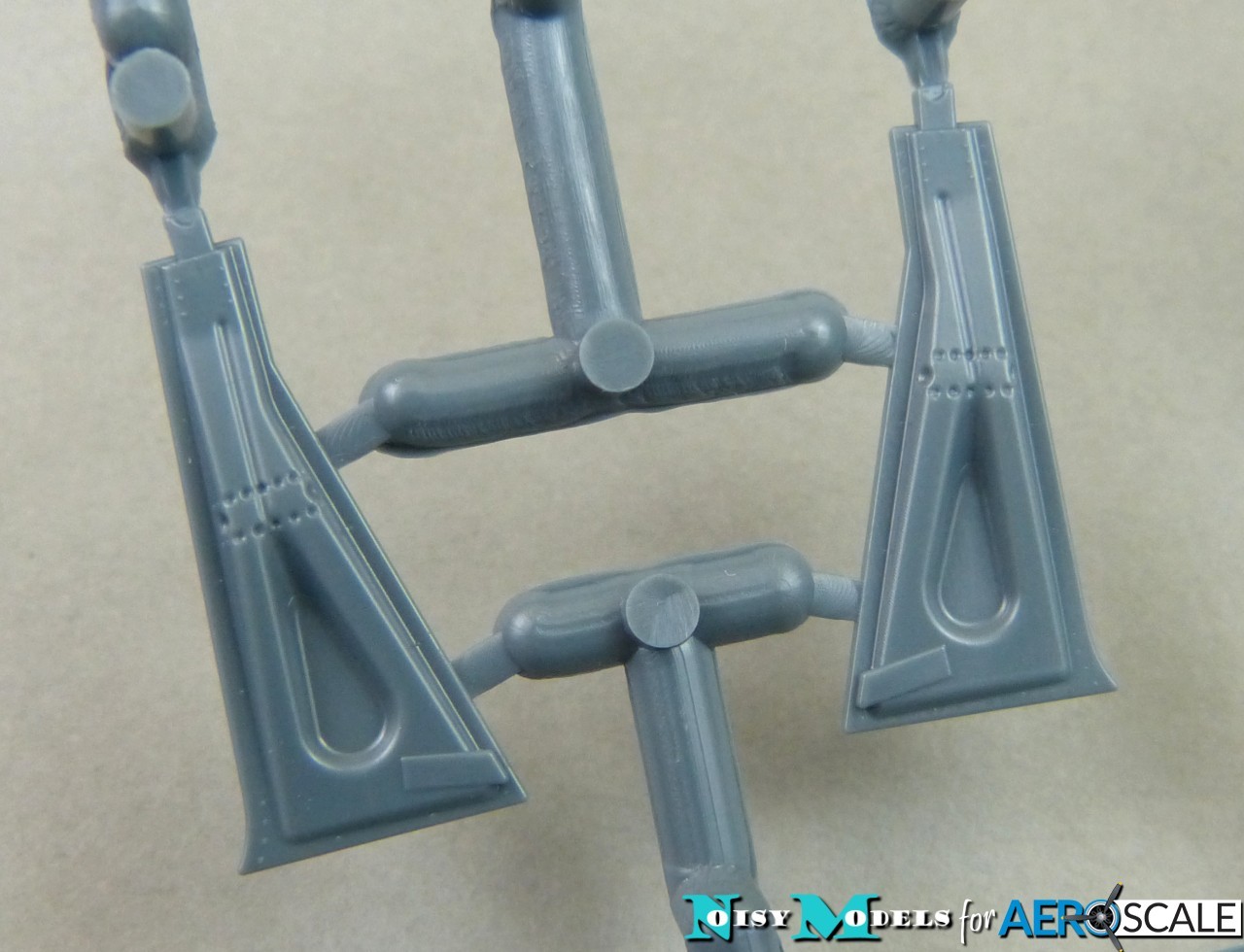
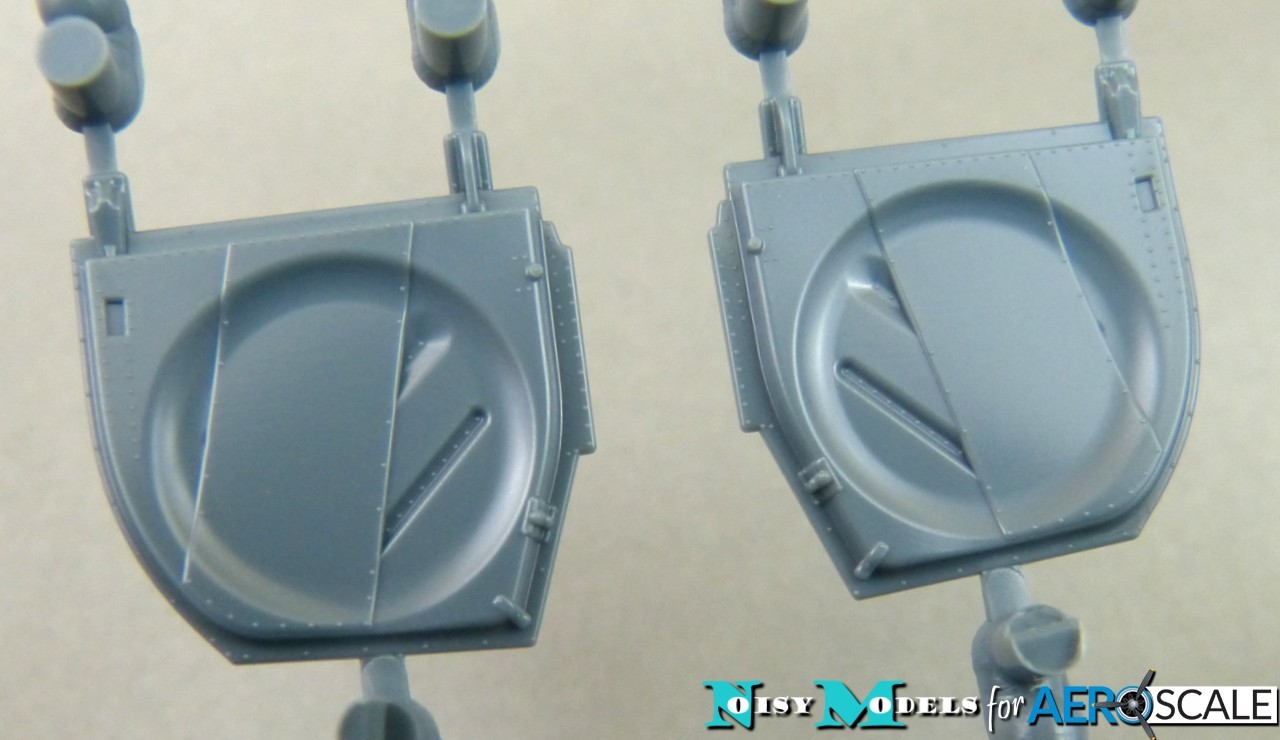
Up front the cuffed propeller is split into two pieces that lock firmly into the spinner, and two styles of exhausts are offered, both hollowed-out.
The ventral radiator tunnel is neatly detailed and the radiator itself has a fine mesh pattern.


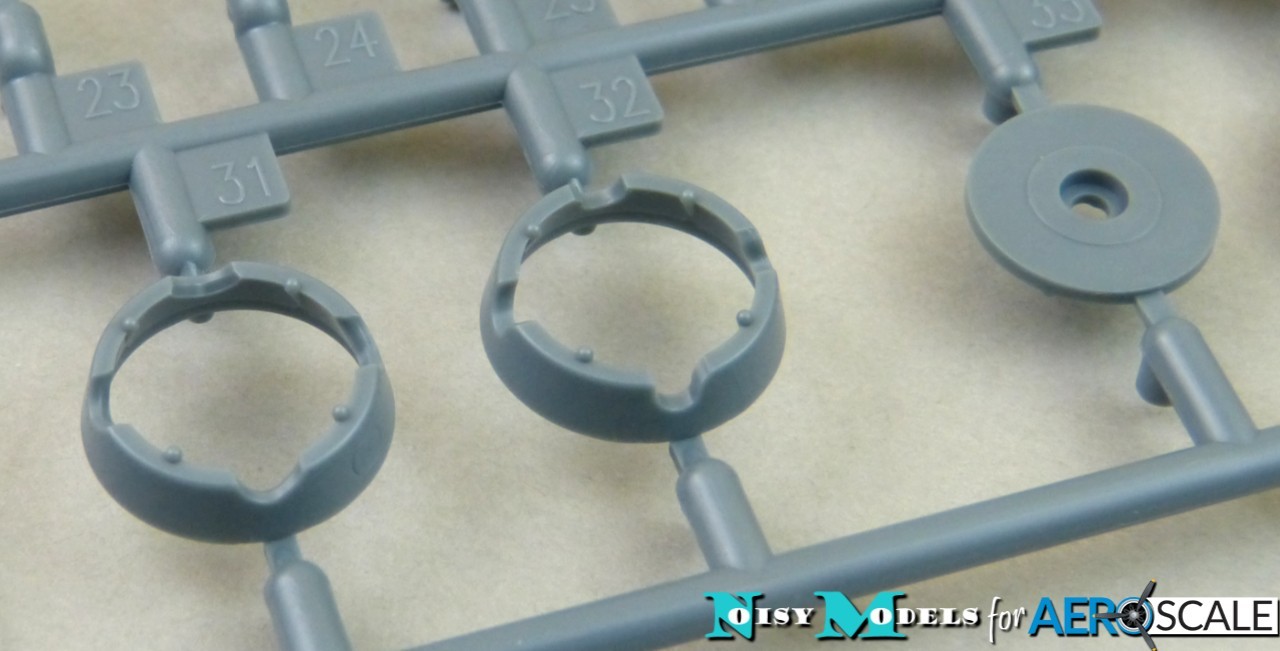
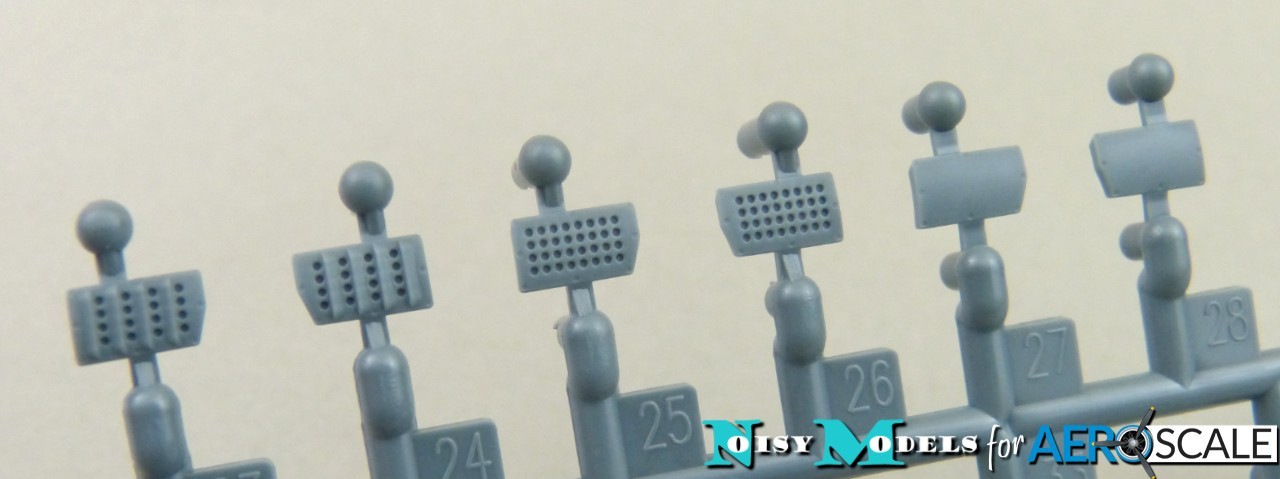
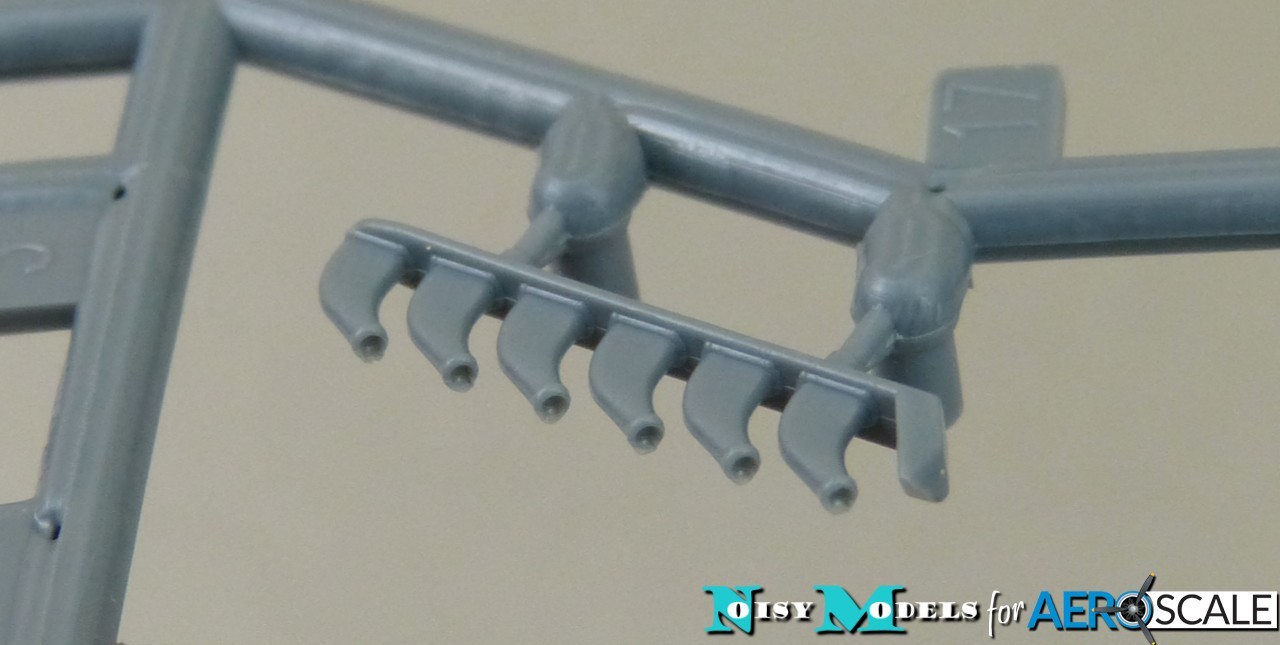


The machine guns feature hollowed-out muzzles, and a neat touch is the way they can be attached after the wings are assembled, so you can sand the leading edge smooth without risking damaging them.
There's a wide selection of ordnance included in the kit, but the only items used in this boxing are drop tanks. These are nicely detailed and both the original metal type and the large capacity "paper" tanks are included.
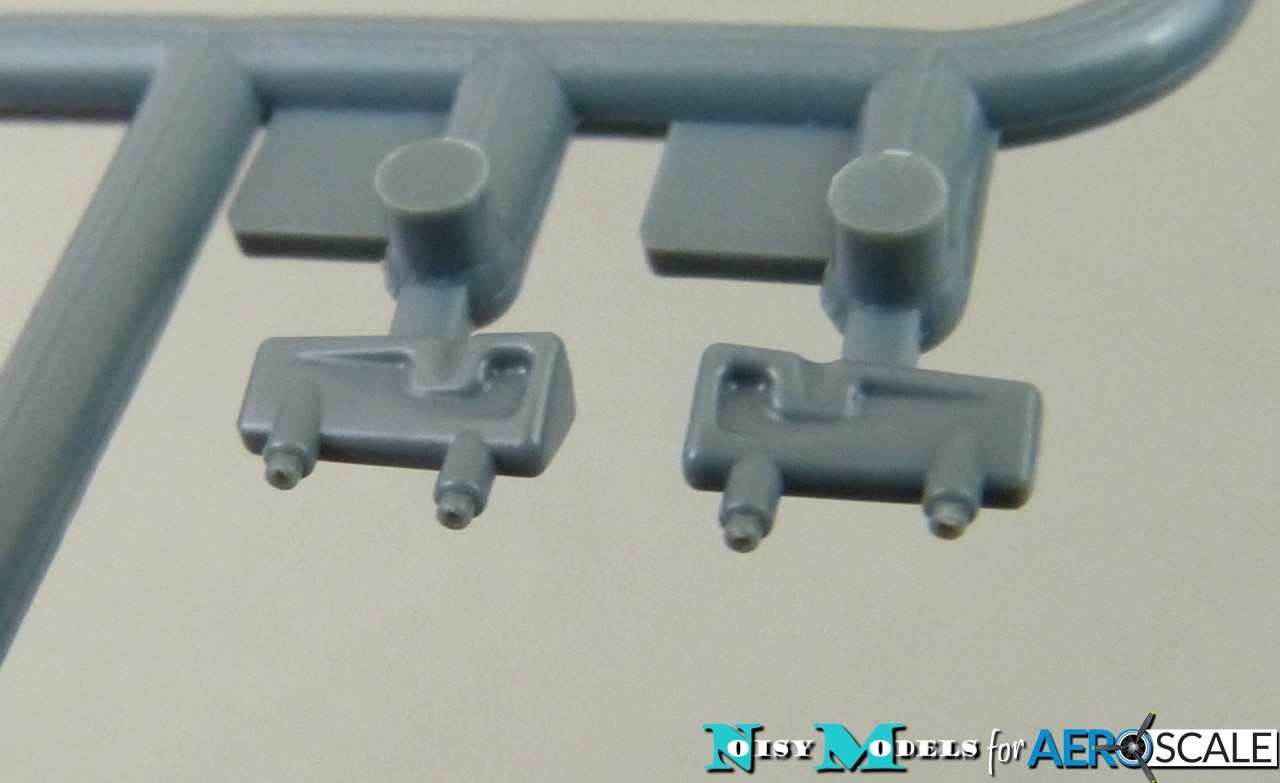

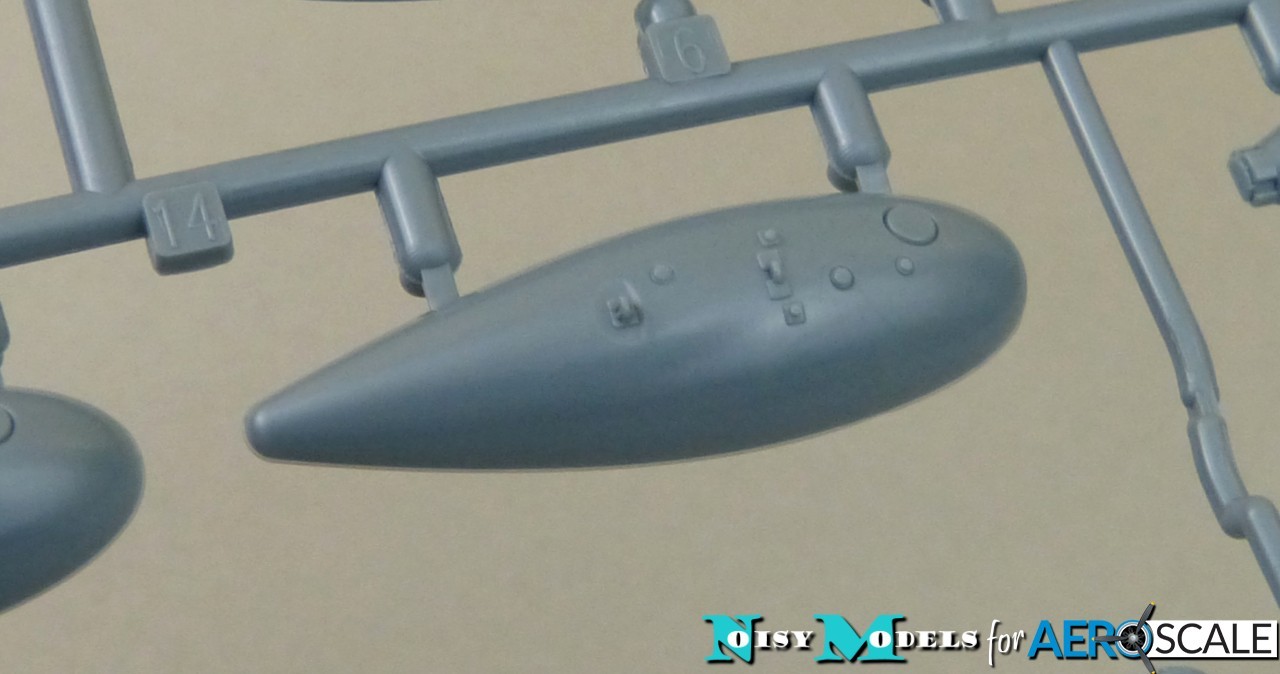
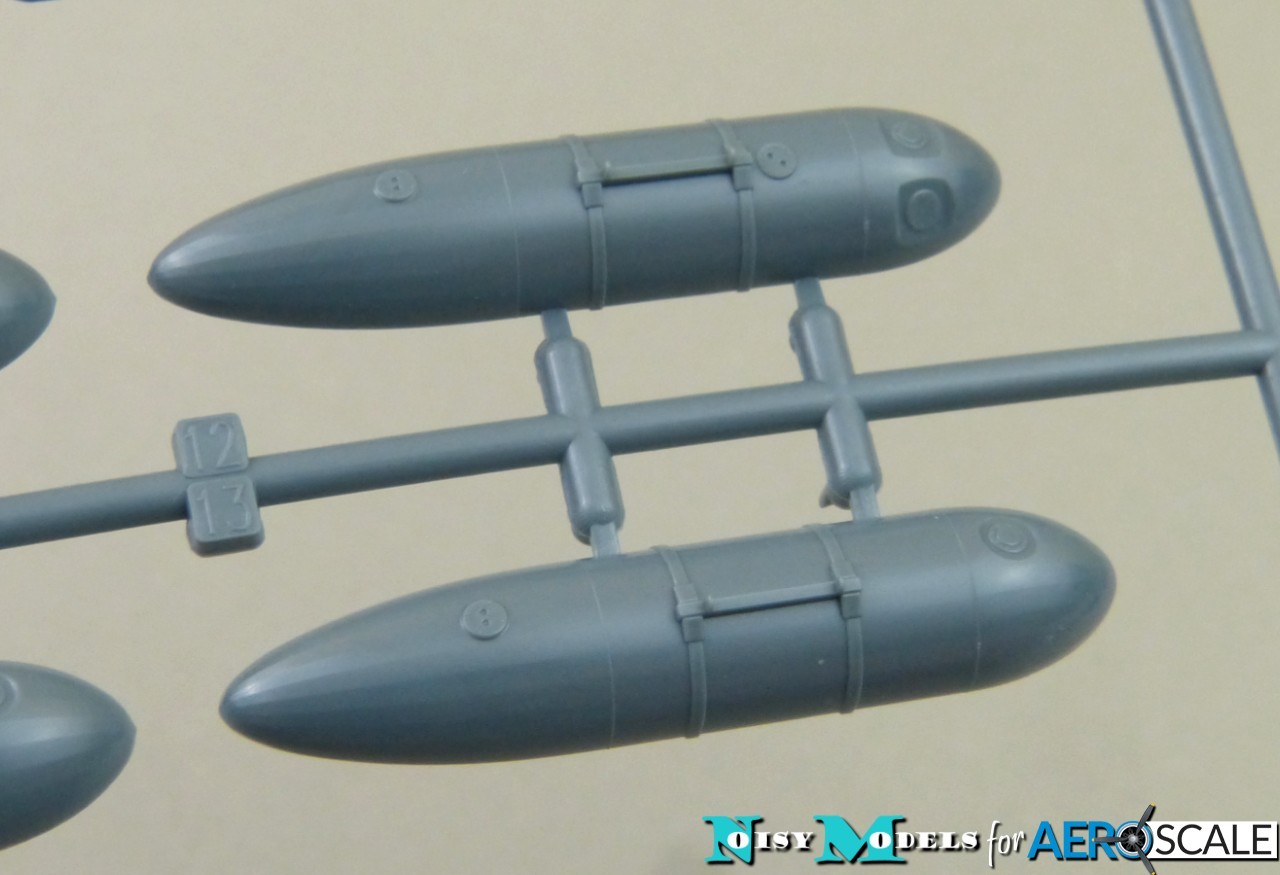
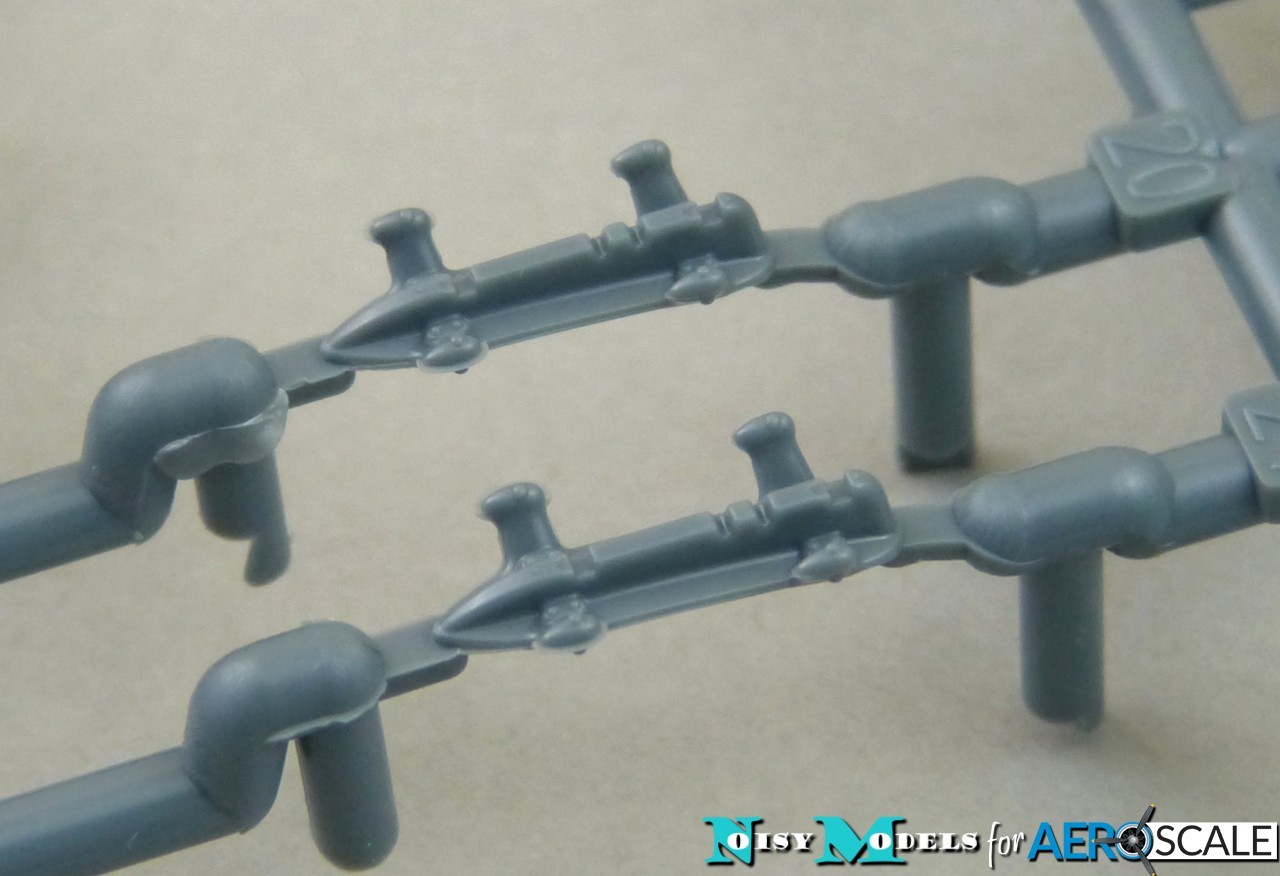
Rounding everything of is a crystal clear set of transparent parts. The canopy is moulded with both open and closed options, and is complete with a set of washi tape painting masks. Wingtip signalling and navigation lamps are moulded clear, and the leading edge landing lamp cover is moulded as a substantial insert to make it easier to avoid marring it with styrene cement.
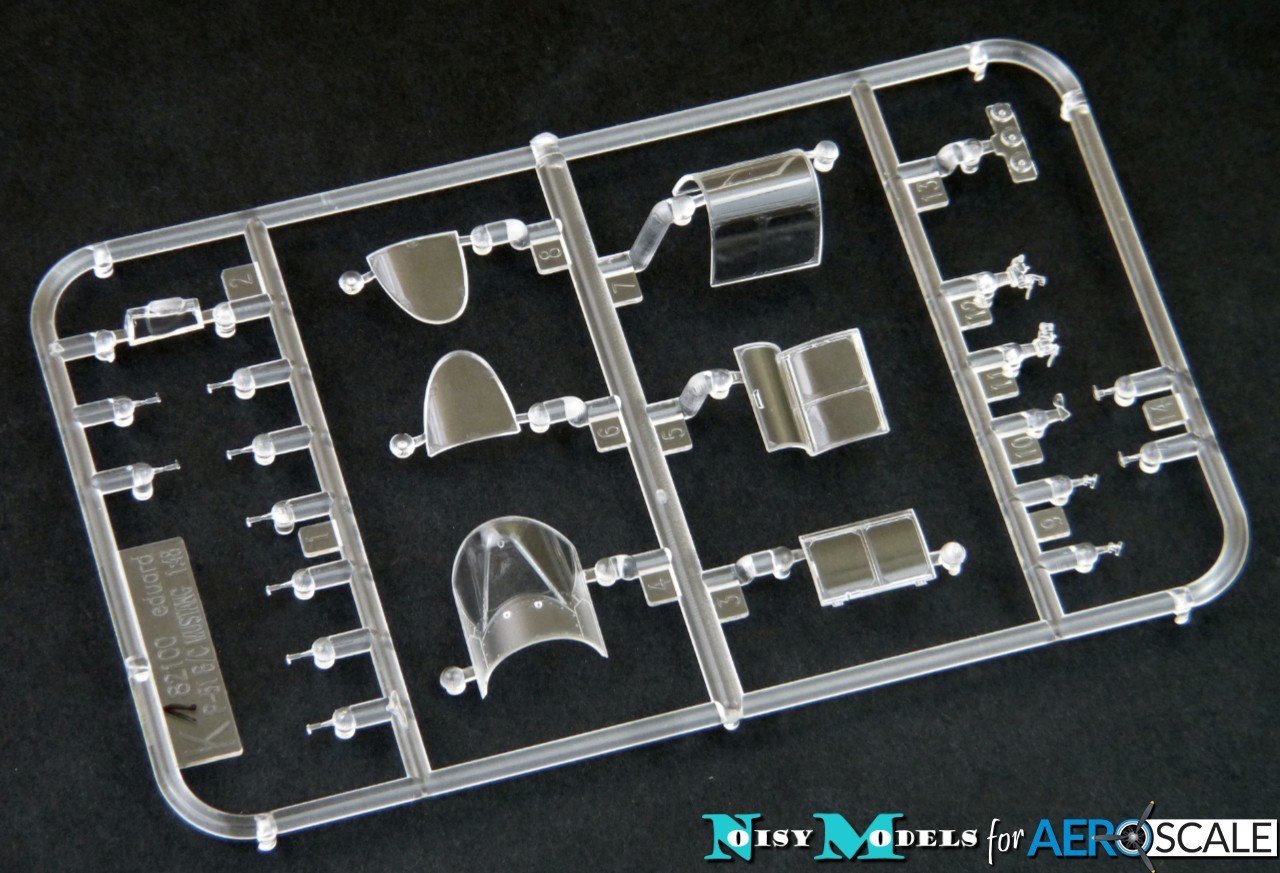
Instructions & Decals
The assembly guide is presented as a high-quality 24-page A4 booklet, printed in colour on glossy stock. The diagrams are clear and well laid out. With so many details crammed into the cockpit, the graphic designer has done a great job keeping it all straightforward. Colour matches are provided for Gunze Sangyo paints.



The kit includes decals for six USAAF Mustangs, three each in camouflage and natural metal finishes, sporting a nice variety of markings:
A. P-51B-15, s/n 43-24857, 90, “Dorothy II”, 318th FS, 325th FG, 15thFS, Italy, June 1944
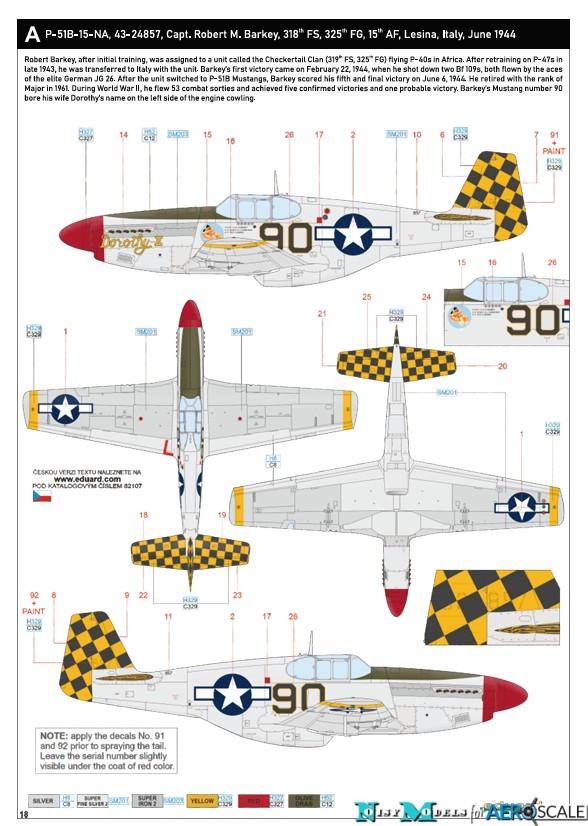
B. P-51B-5-NA, s/n 43-6787, G4*Q, “Shanty Irish”, 362nd FS, 357th FG, 8th AF, UK, June 1944
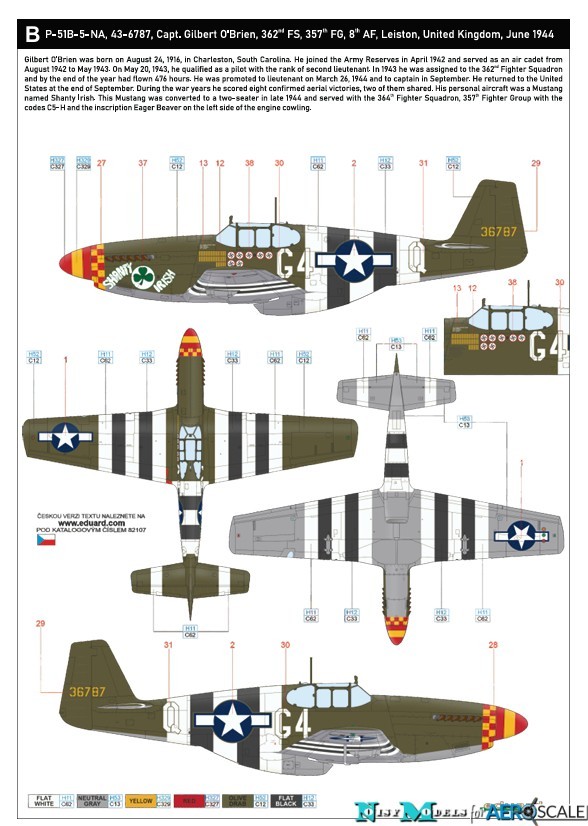
C. P-51B-10-NA, s/n 42-106730, VF*P, “Reggie's Reply”, 336th FS, 4th FG, 8th AF, UK, April 1944

D. P-51B-5-NA, s/n 43-6461, CS*Q, “Hot Pants”, 370th FS, 359th FG, 8th AF, UK, July 1944
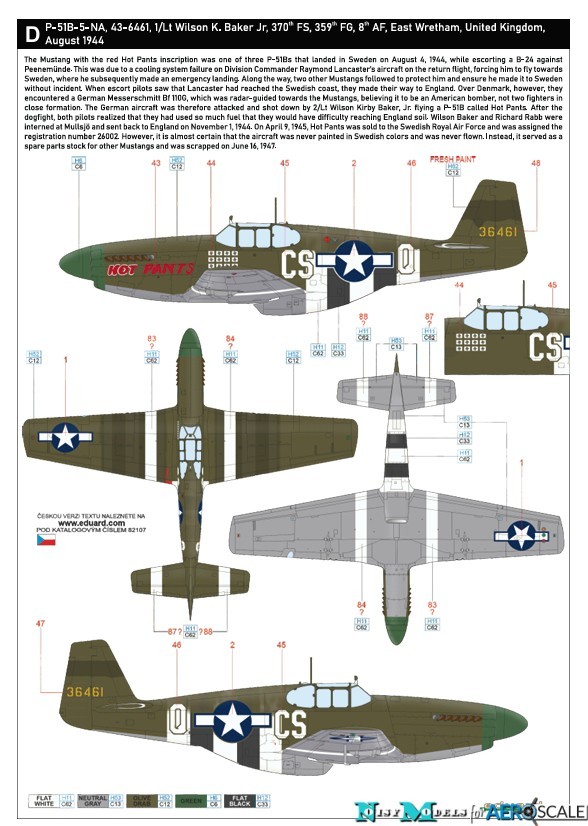
E. P-51B-10-NA, s/n 42-106501, CM*M, “Betty Jane”, 31st FG, 15th AF, Italy, July 1944
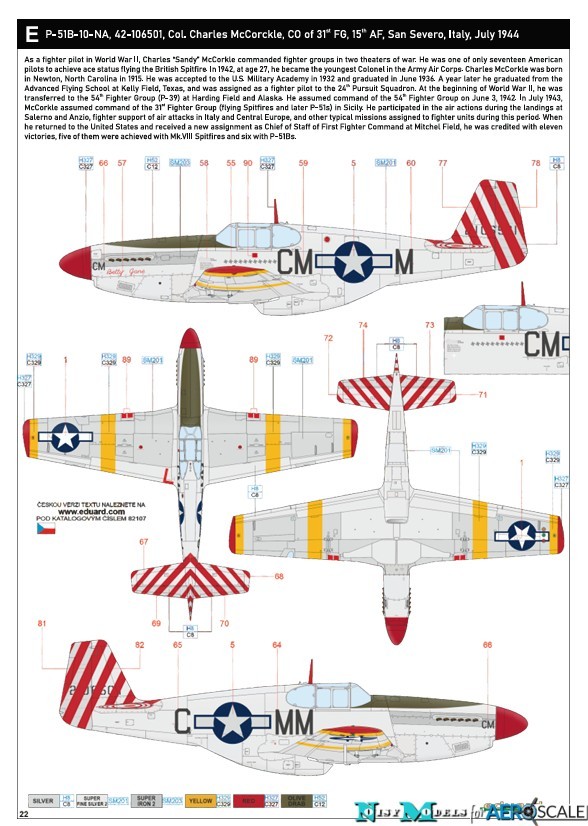
F. P-51B-1, s/n 43-12405, "Bull Frog", 23rd FG, 14th AF, China, 1944
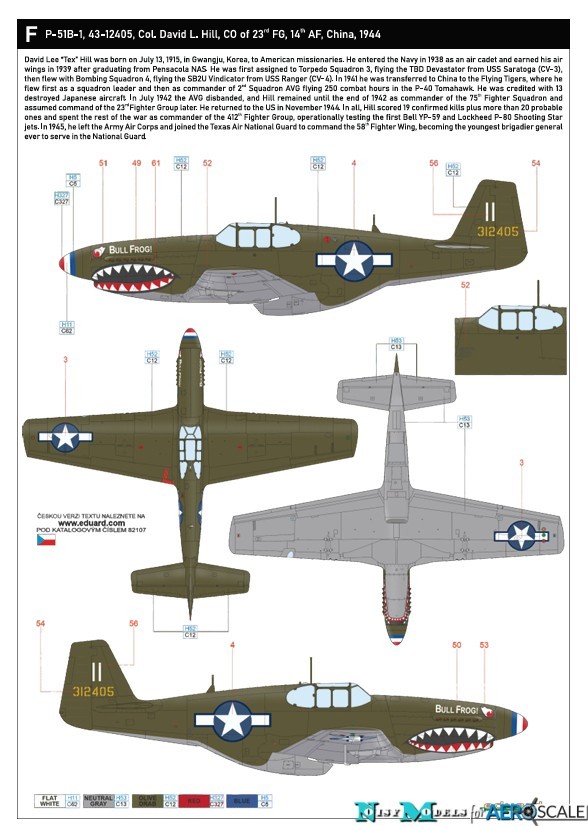
The decals are pretty impressive and arrive spread across three sheets. They are thin and glossy, with precise registration. To produce some of the colours they are printed as a pattern of ultra-fine dots that are only visible under strong magnification. Obviously, solid colours would be preferable, but the results look good on the sheet. My only real reservation concerns the yellow serial numbers and stencil markings, so I'll be interested to see how they work in practice.
As with all recent Eduard decals I've seen, there's a bit of excess carrier film, but experience has shown this disappears fine when they're applied and they snuggle down beautifully with normal setting solutions. Because the decals are very thin, take a little extra care to avoid them turning over on themselves - a soft brush and water works well when positioning them.
The decals include a very comprehensive set of stencil markings for which Eduard provide a full-page placement guide.

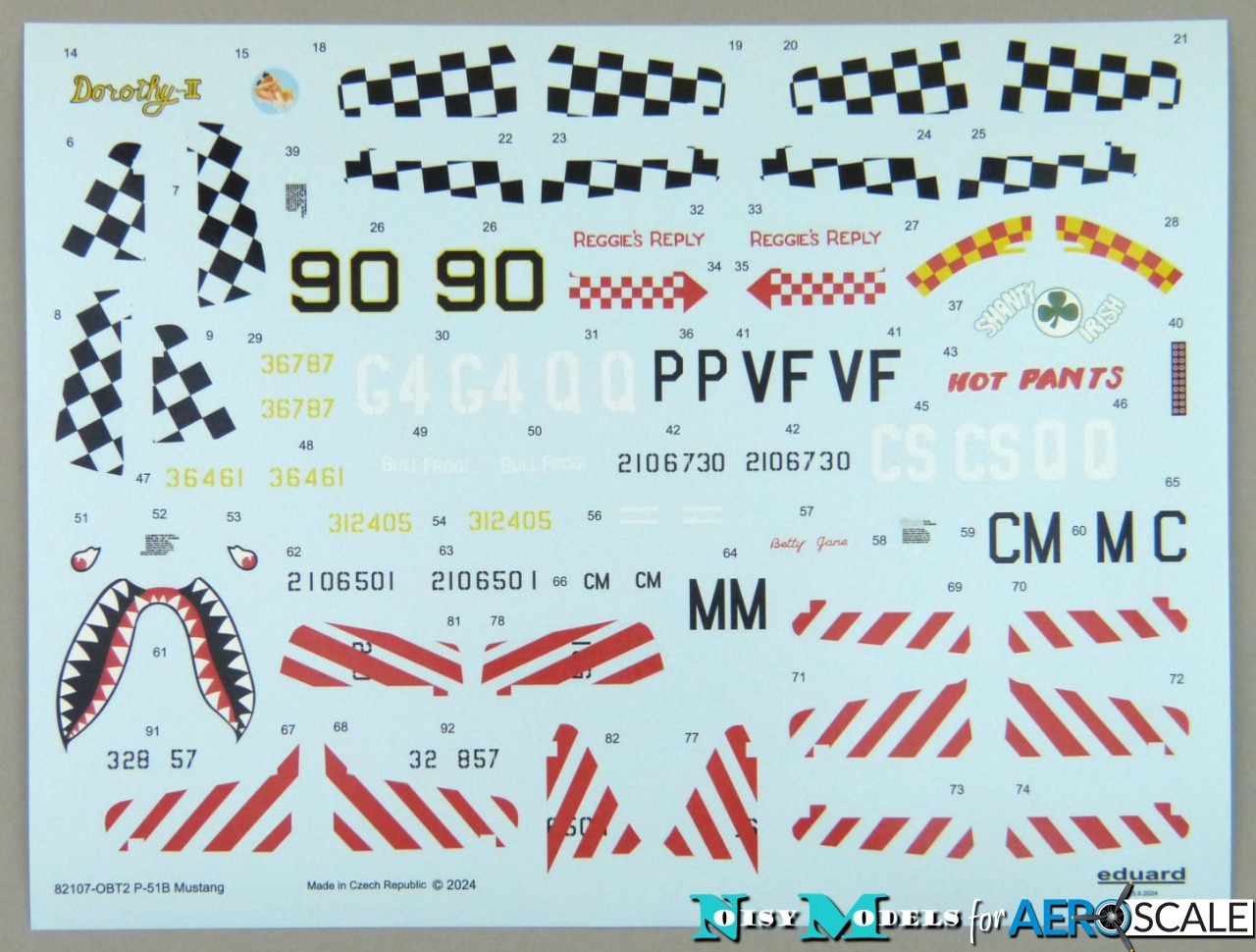
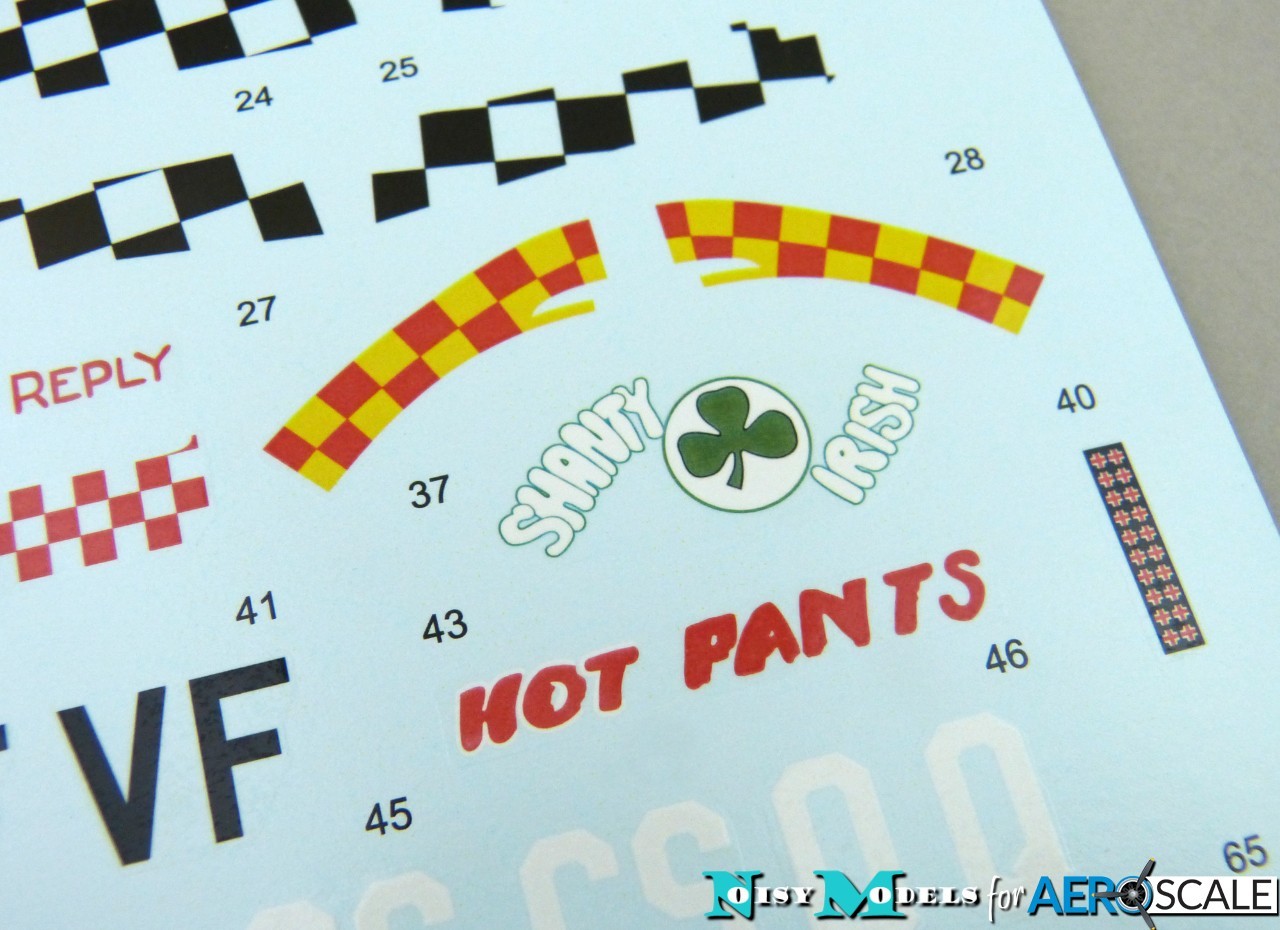

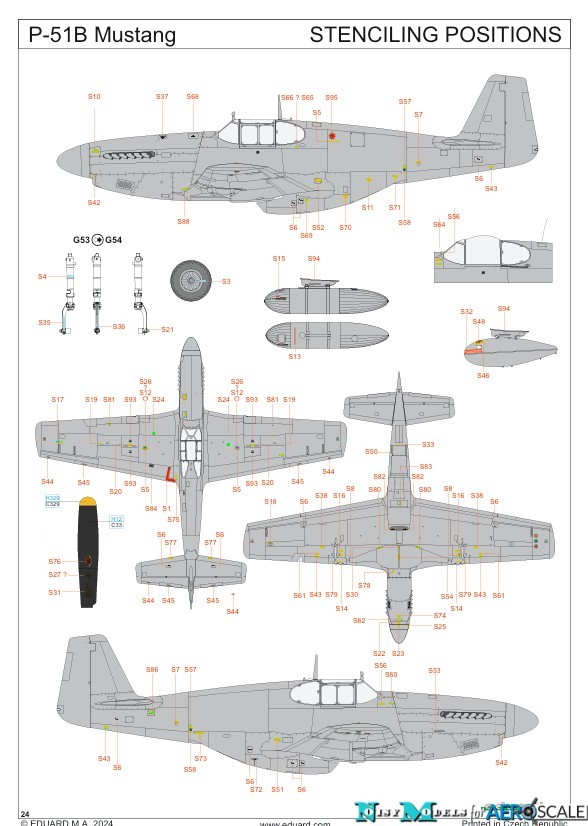
Conclusion
Eduard's new P-51B is a simply superb kit. It's beautifully designed and moulded, and promises to be a joy to build. Beginners should note that this boxing is a ProfiPACK kit and the use of photoetched parts bumps up its complexity quite a lot, so they might be better off to wait for the simpler Weekend Edition that will undoubtedly be released soon.
I purchased my kit from Jadlam Toys & Models for £27.95. The UK price represents remarkable value for a kit of this quality, so I thoroughly recommend it for anyone with a bit of experience working with small photoetched parts.
Item #82107 is available now from Eduard - https://www.eduard.com/eduard/plastic-kits/profipack/aircraft/1-48/p-51b-mustang-birdcage-canopy-1-48.html
Please remember, when contacting retailers or manufacturers, to mention that you saw their products highlighted here - on AEROSCALE



























